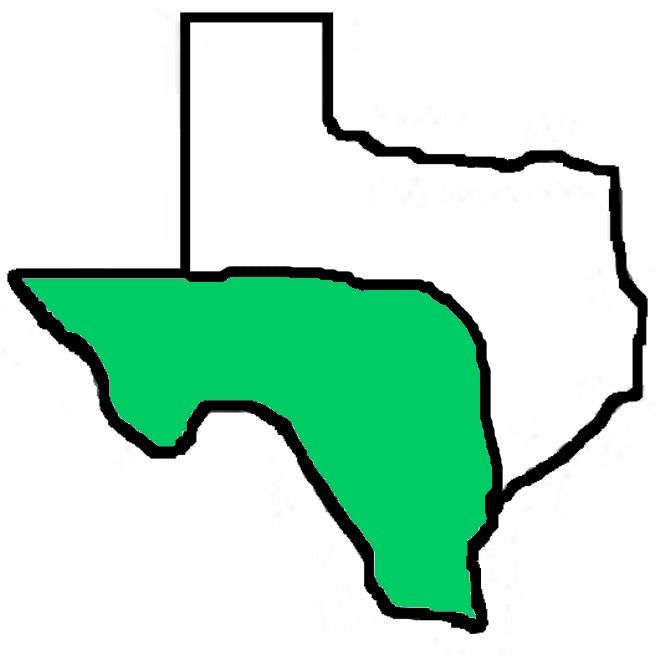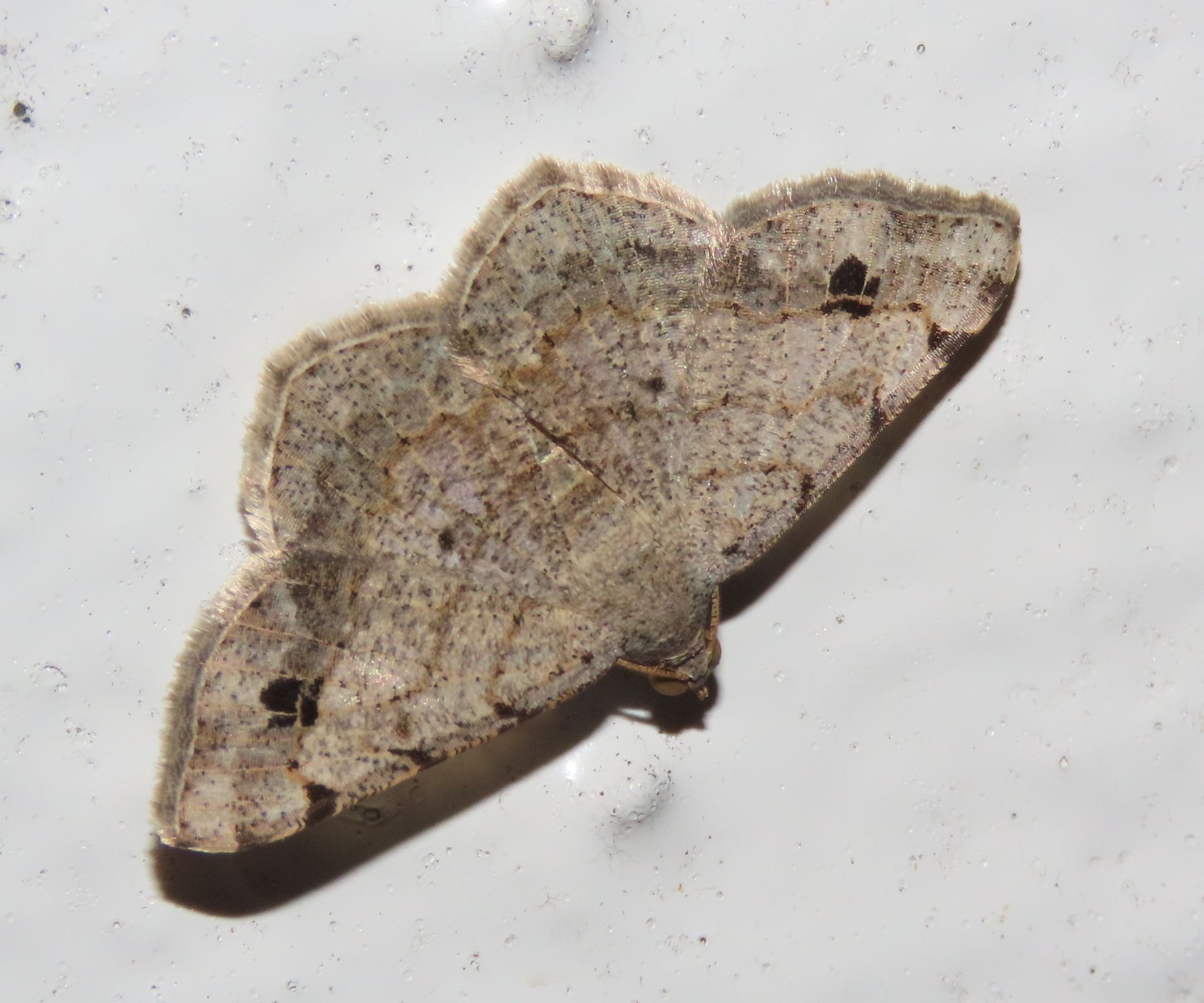
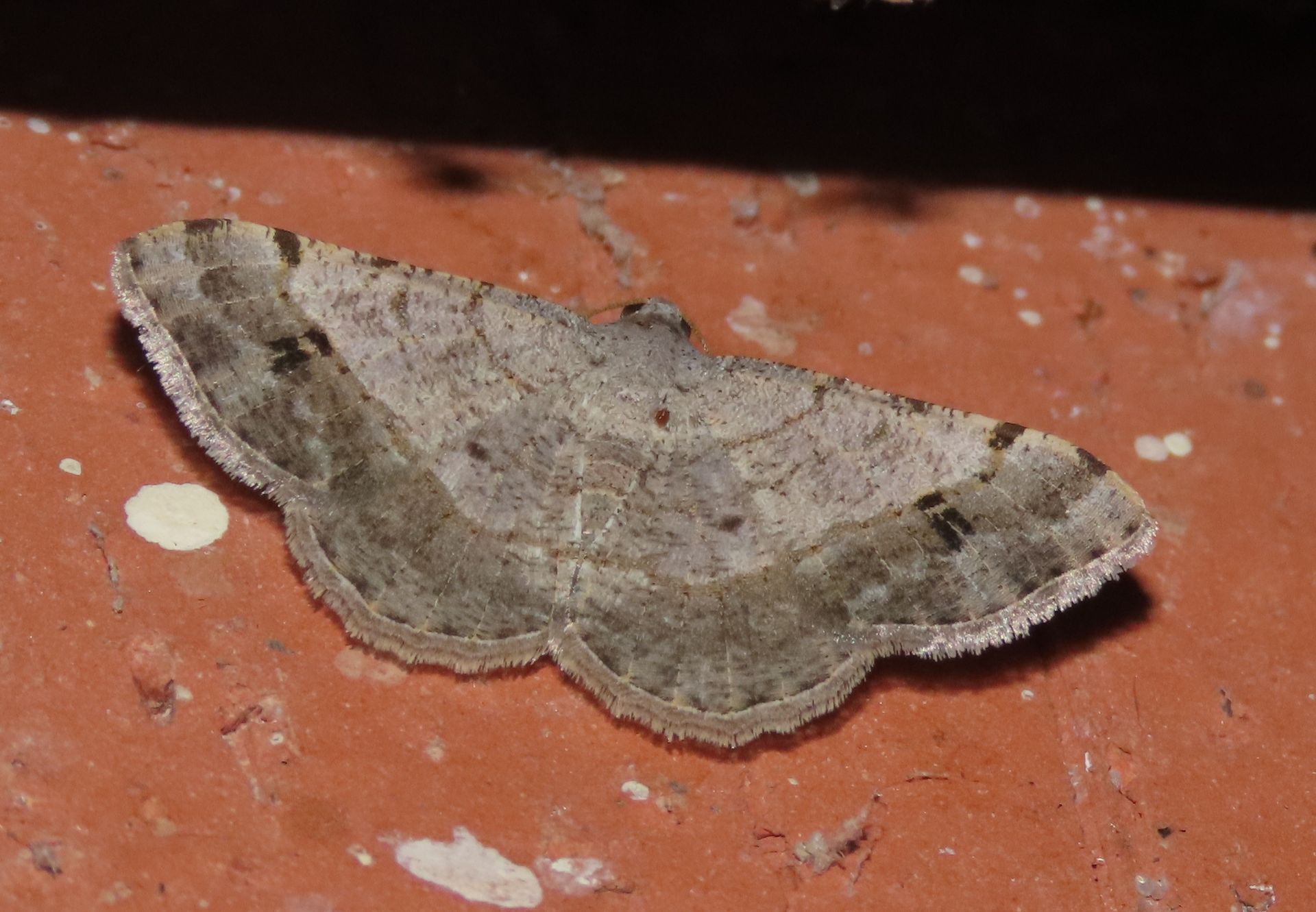
Black-comma Looper (Frederickia [Rindgea] nigricomma)
Unlike many moths in this group, the identification of the Black-comma is fairly straight-forward, with its well-defined black blotch along the post-medial line. The outer third of the wings are usually contrastingly darker than the rest of the wing. Recorded year-round.
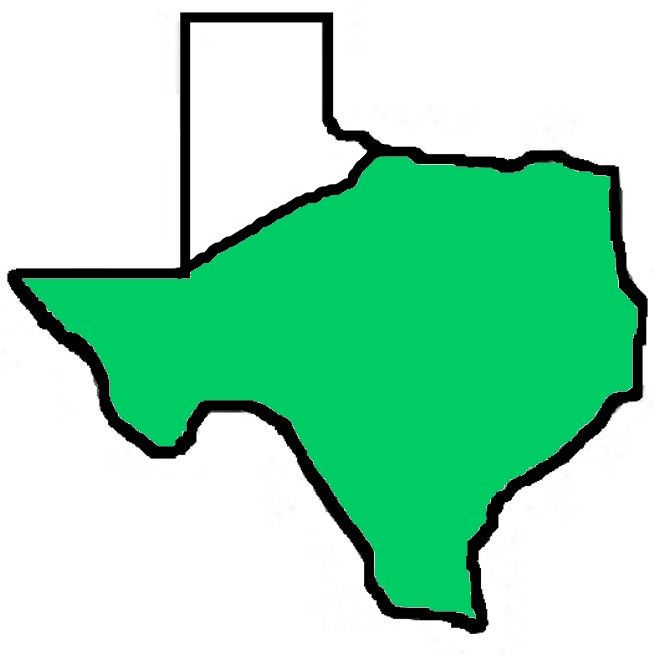
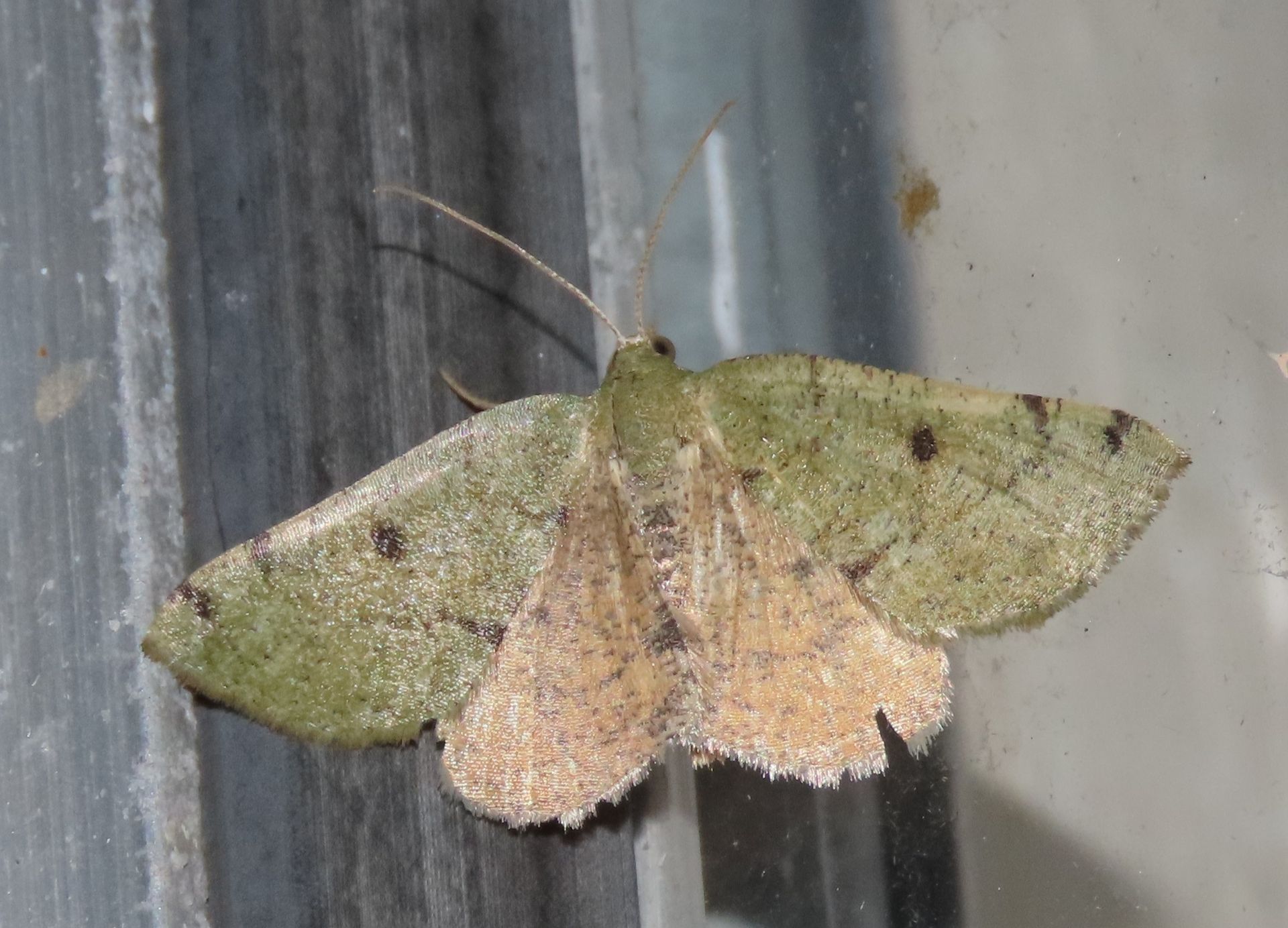
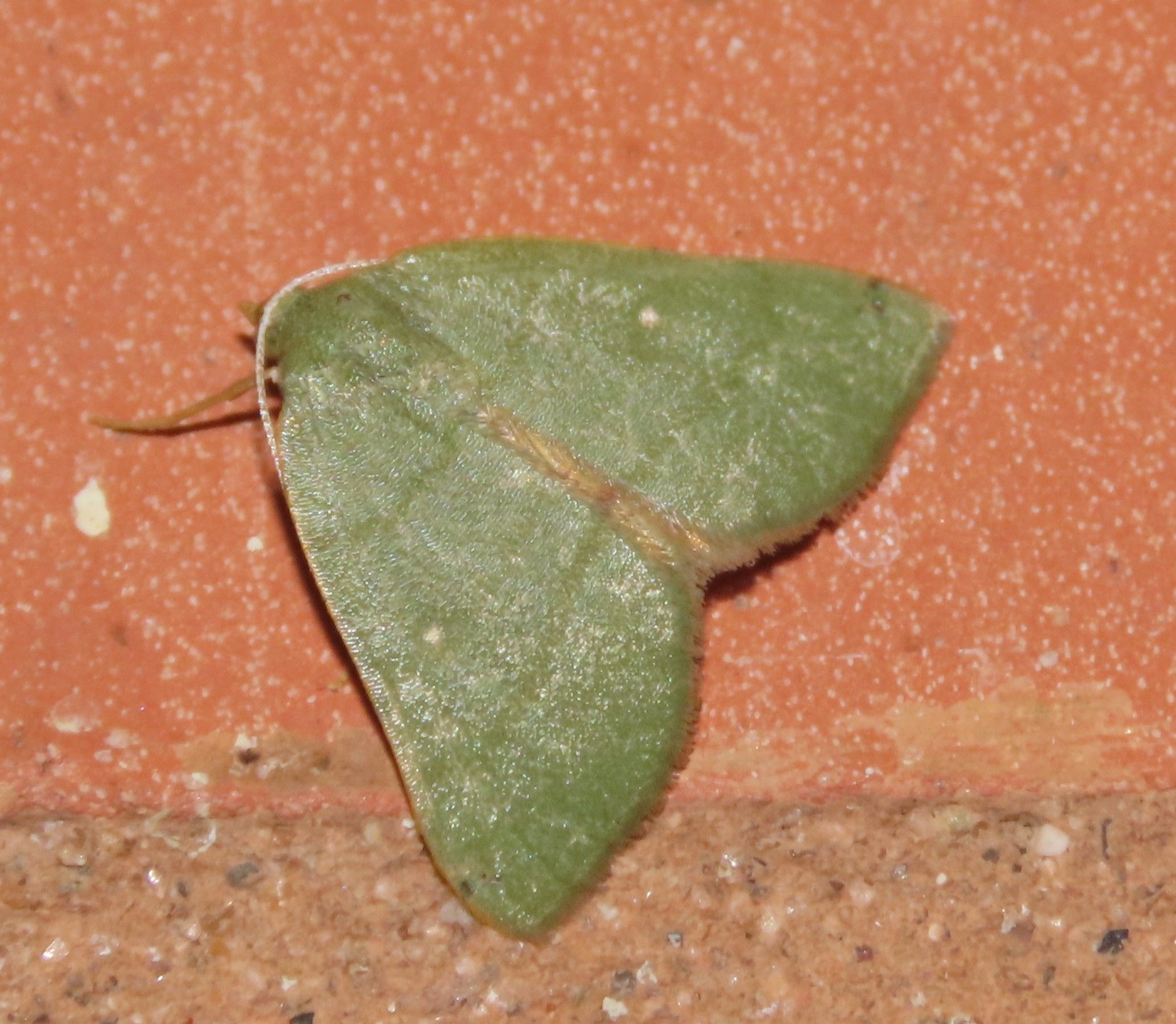
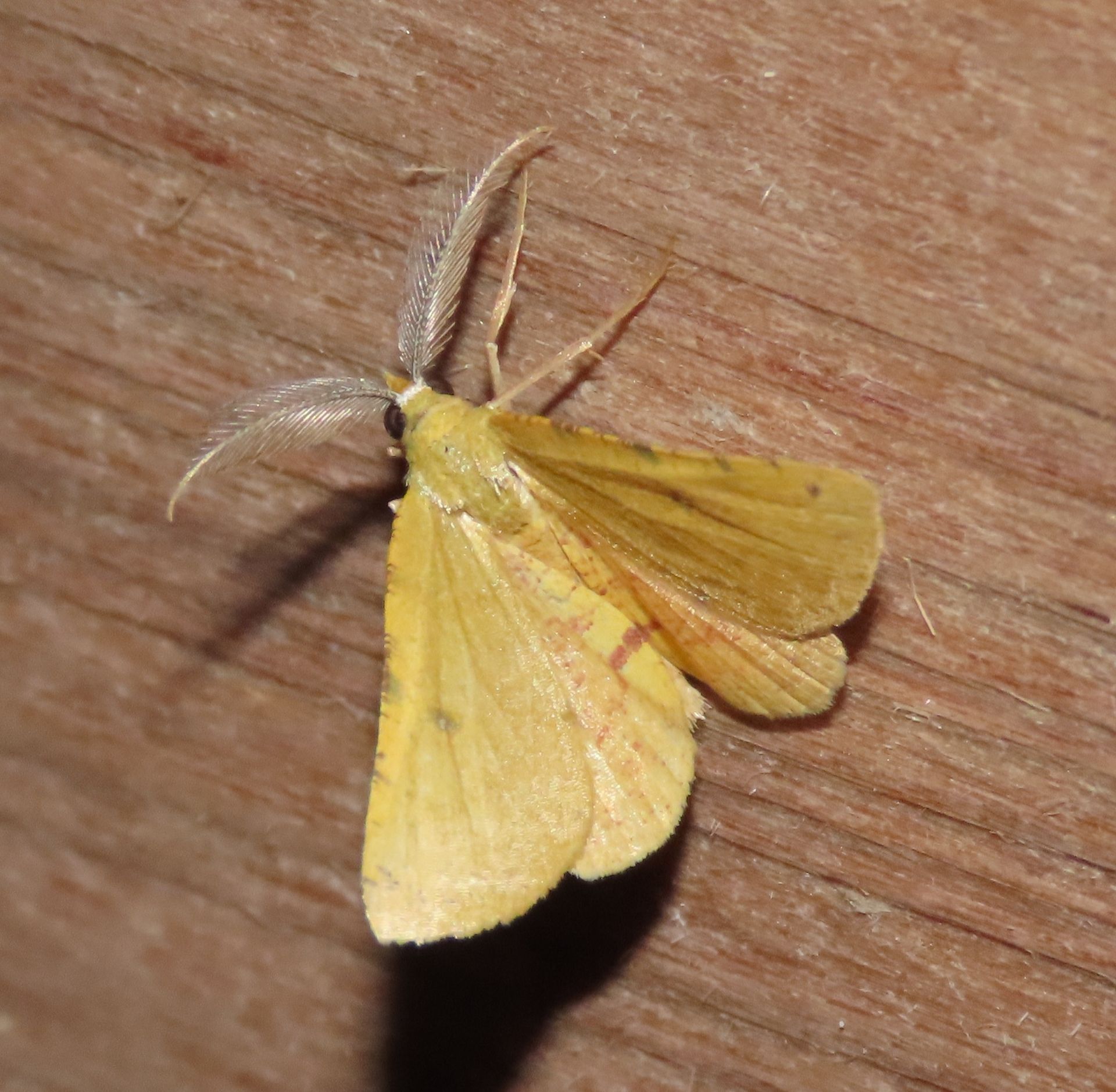
Bicolored Chloraspilates (Chloraspilates [Numia] bicoloraria)
A small green moth with contrasting yellow hindwings. Some individuals show stronger markings on the forewings, like the individual on the left, while a few may be tan or golden rather than green, like the individual on the right. Recorded May - December, with one record in March.
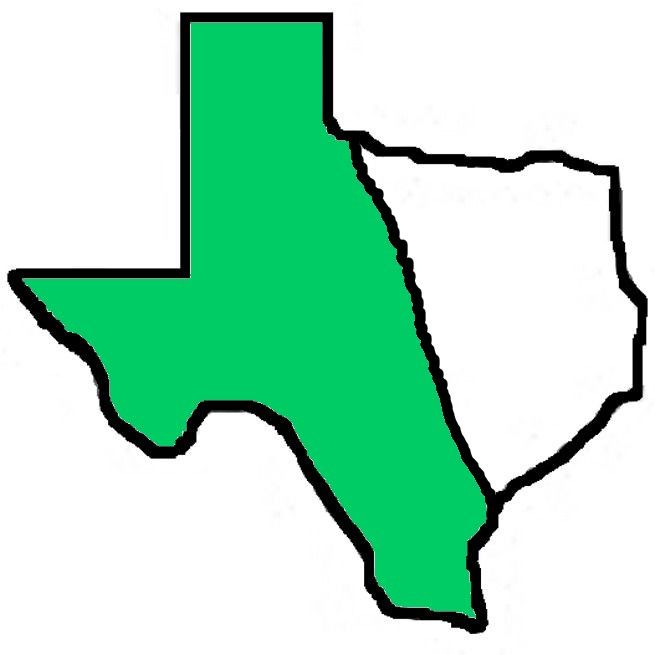
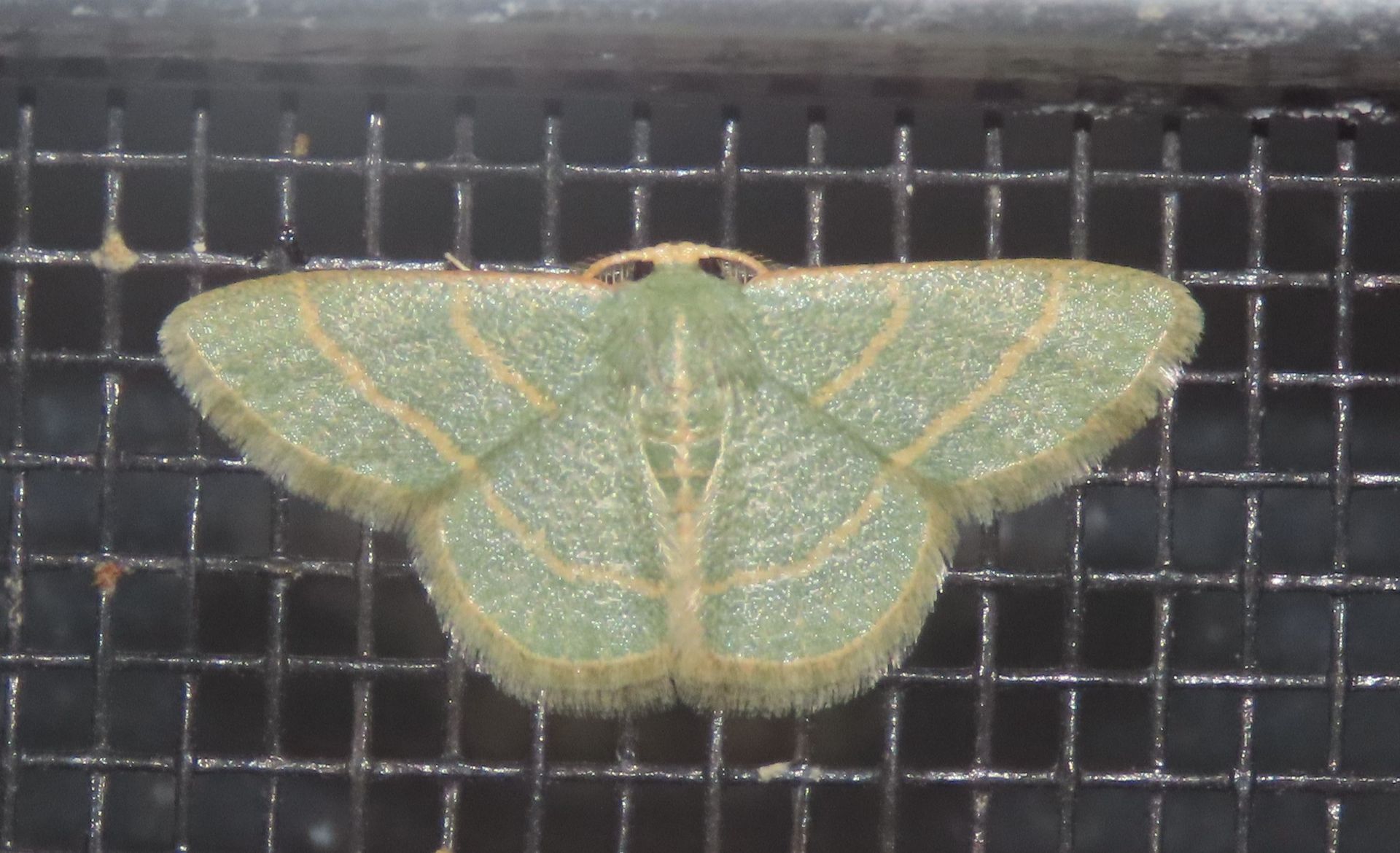
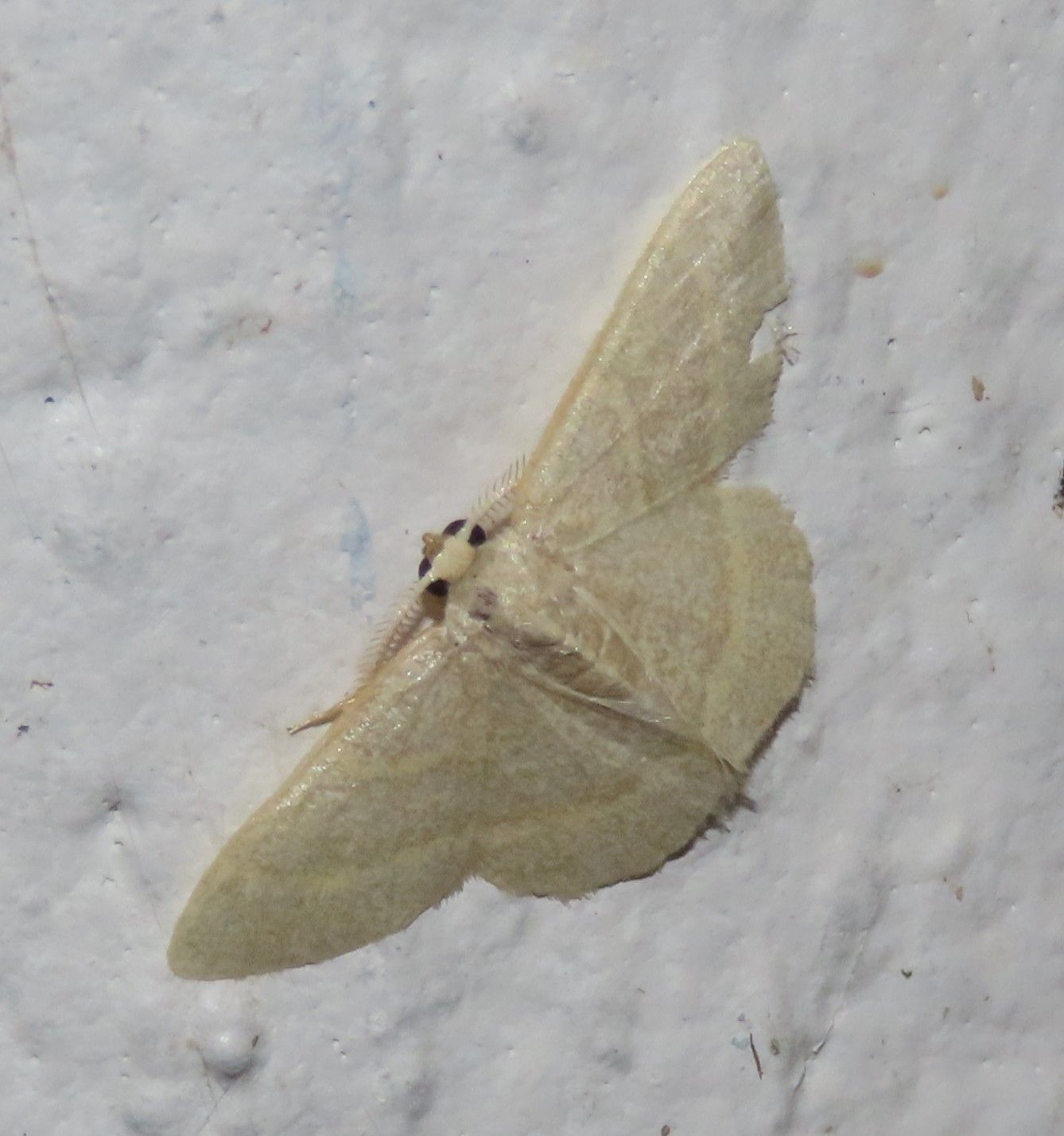
Blackberry Looper (Chlorochlamys chloroleucaria)
This member of the Emerald group has thick, fairly straight yellow AM and PM lines which help separate it from other emeralds. Some worn (?) individuals can be quite pale, but the lines on the wings are still apparent. Recorded March - October, with one record in January.
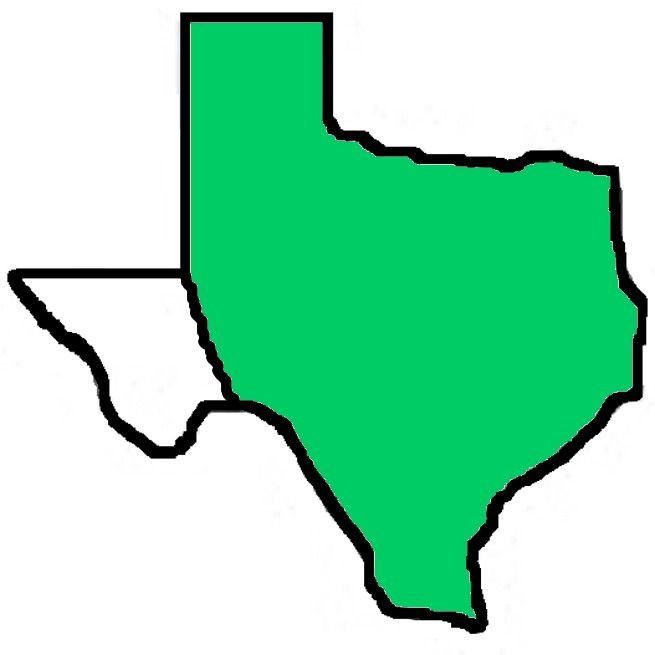
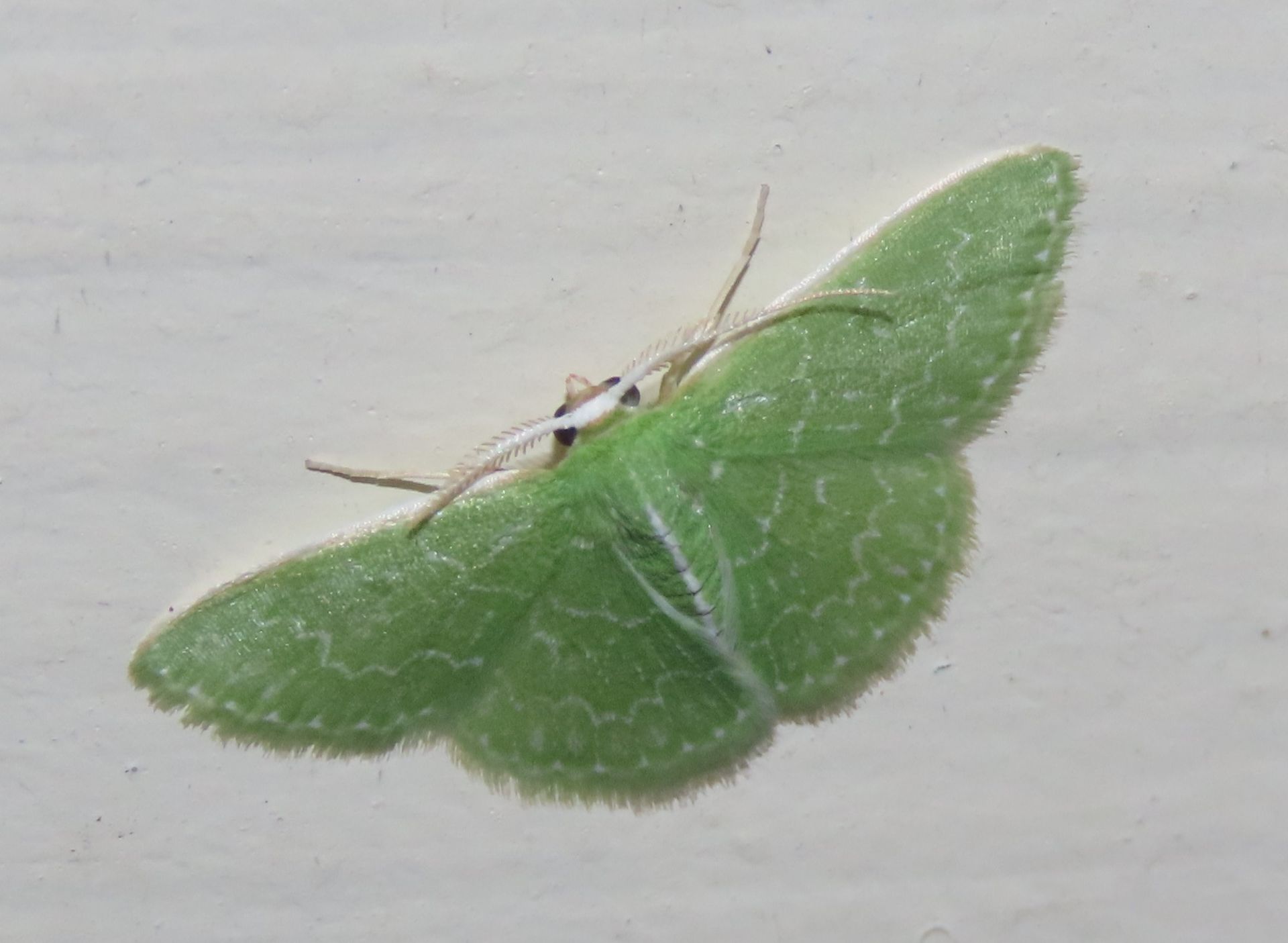
Southern Emerald (Synchlora frondaria)
Best told by the thin, ultra-wavy AM and PM lines. Told from other wavy-lined emeralds by the lack of discal spots and the white stripe down the center of the abdomen. Recorded March - December.
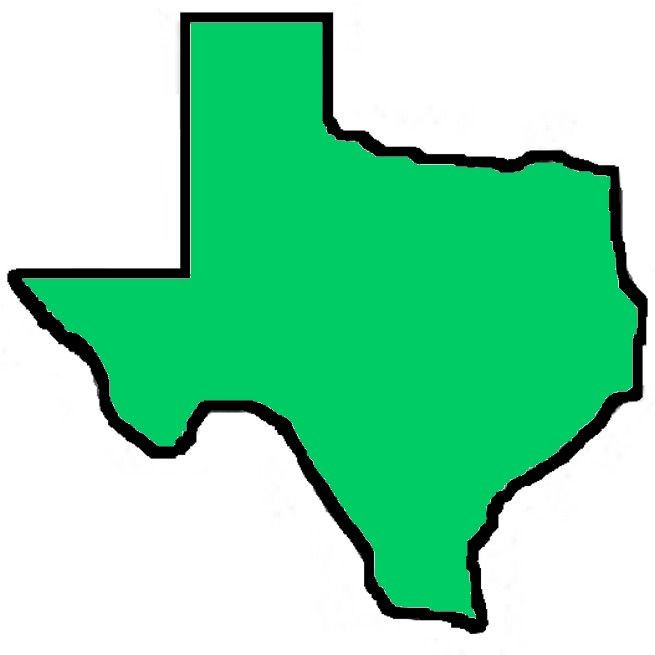
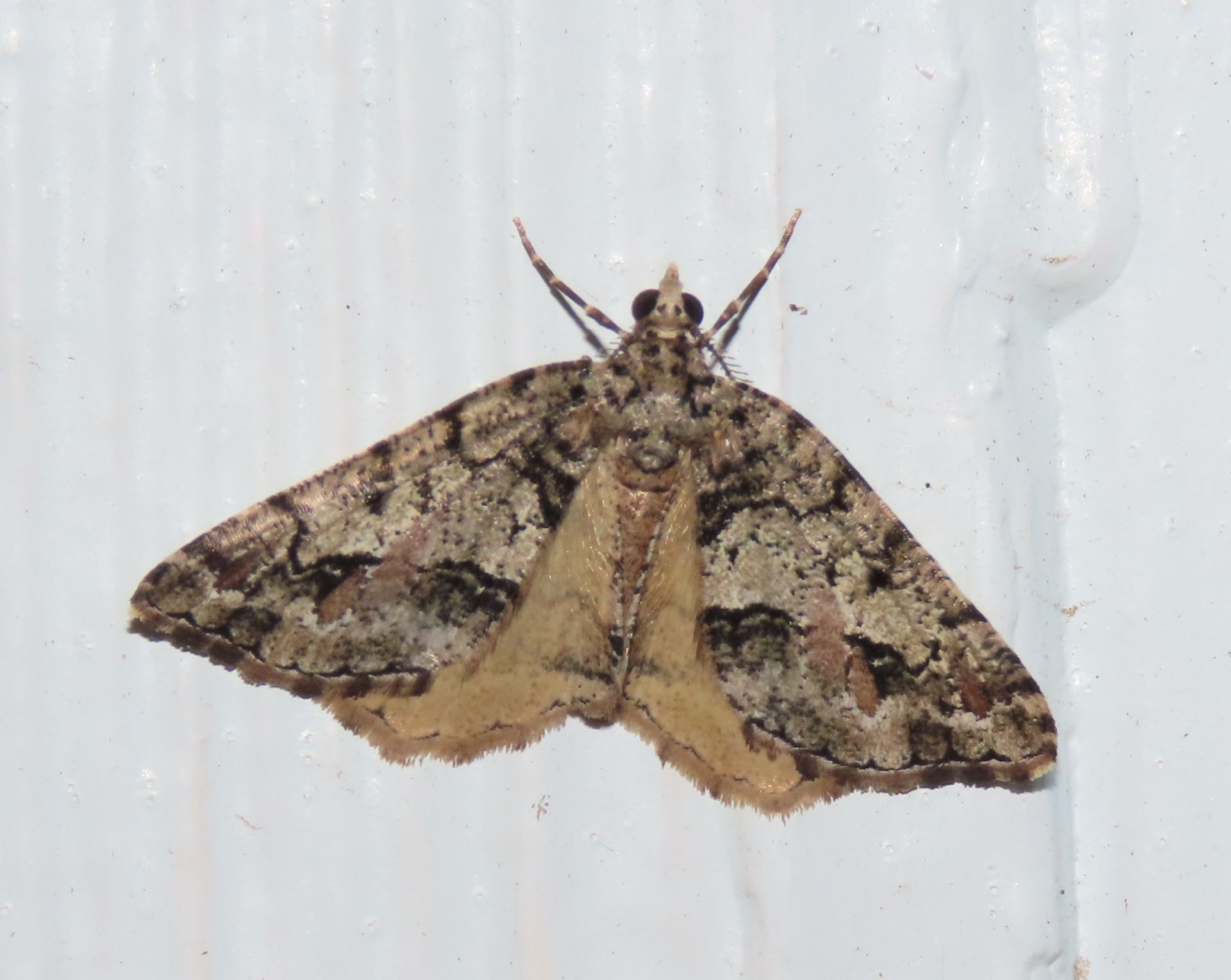
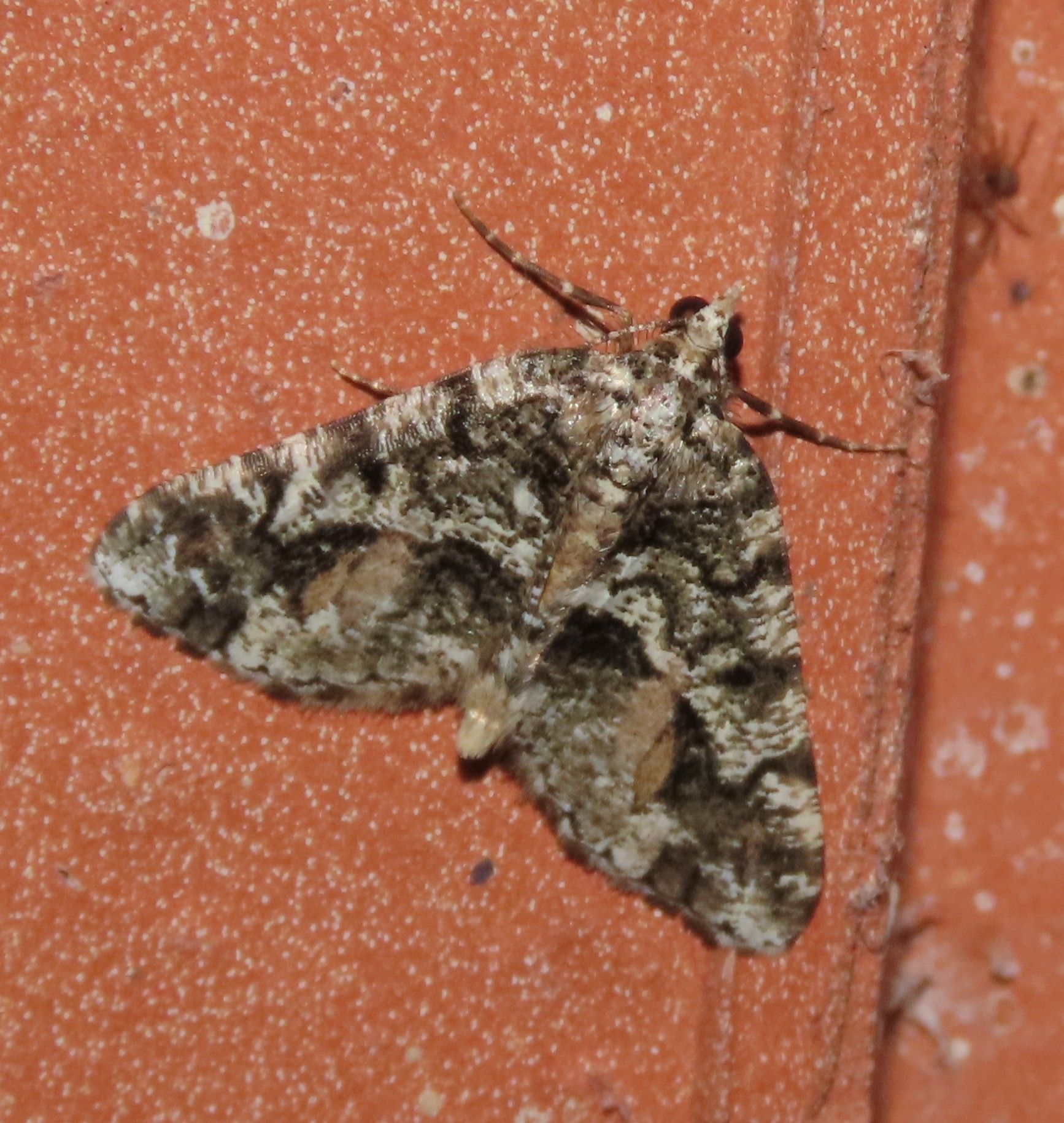
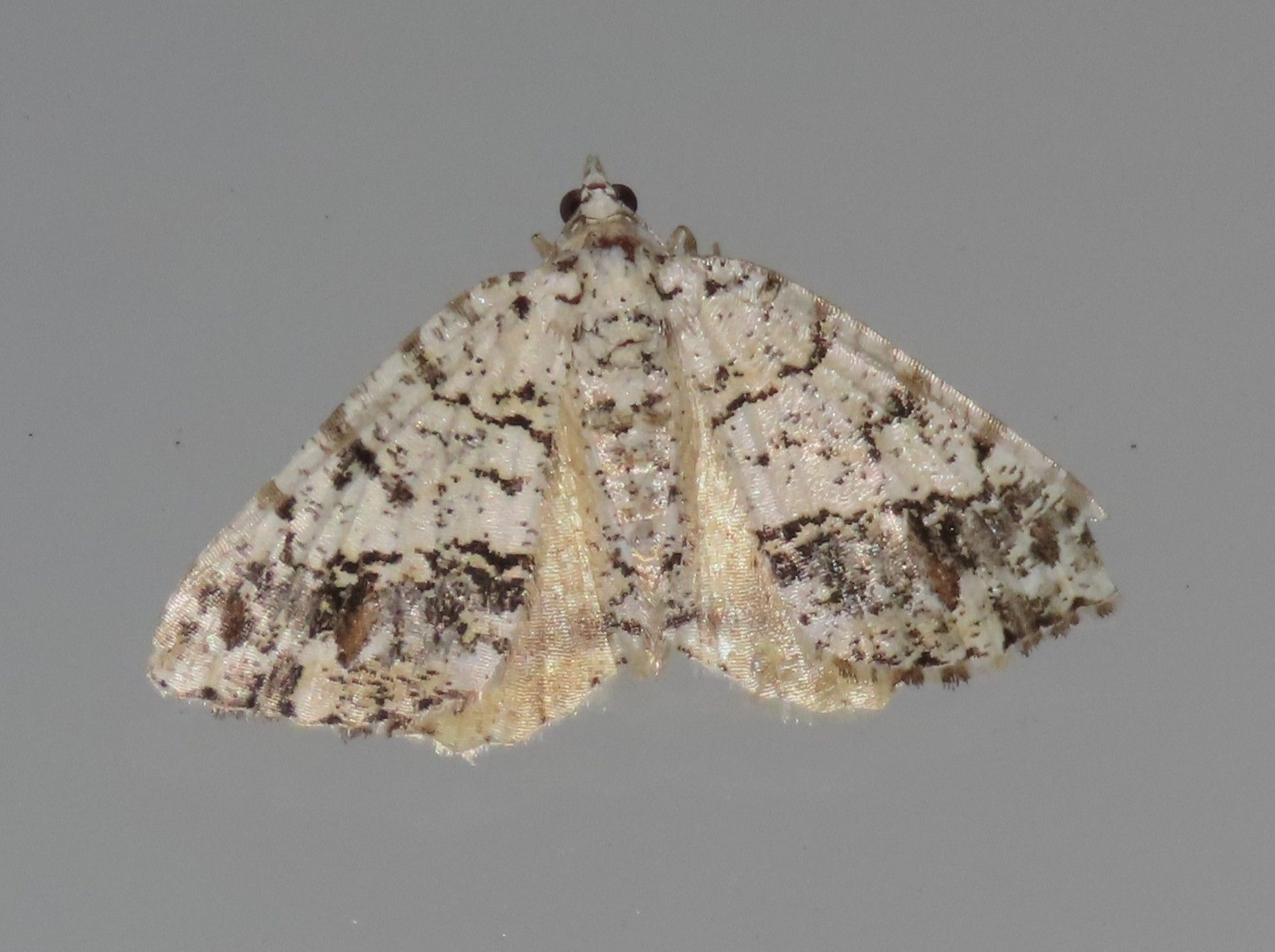
Boldly-marked Granite (Macaria graphidaria)
A variable, whitish moth with black brindling and a bold blackish band across the subterminal area, often showing a brown spot midway between the inner margin and costa. Probably inseparable from the similar Deceptive Angle (Macaria deceptrix) except for the color of the hindwings: yellowish in Boldly-marked, and grayish in Deceptive. Recorded year round.
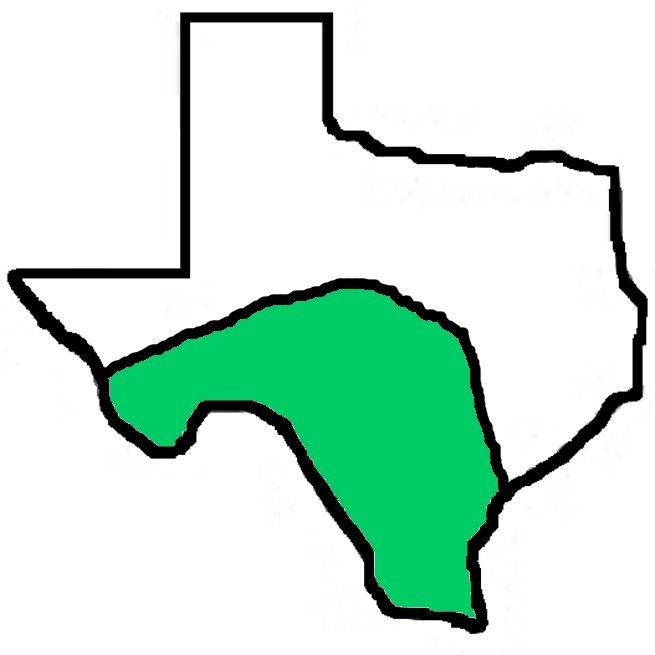
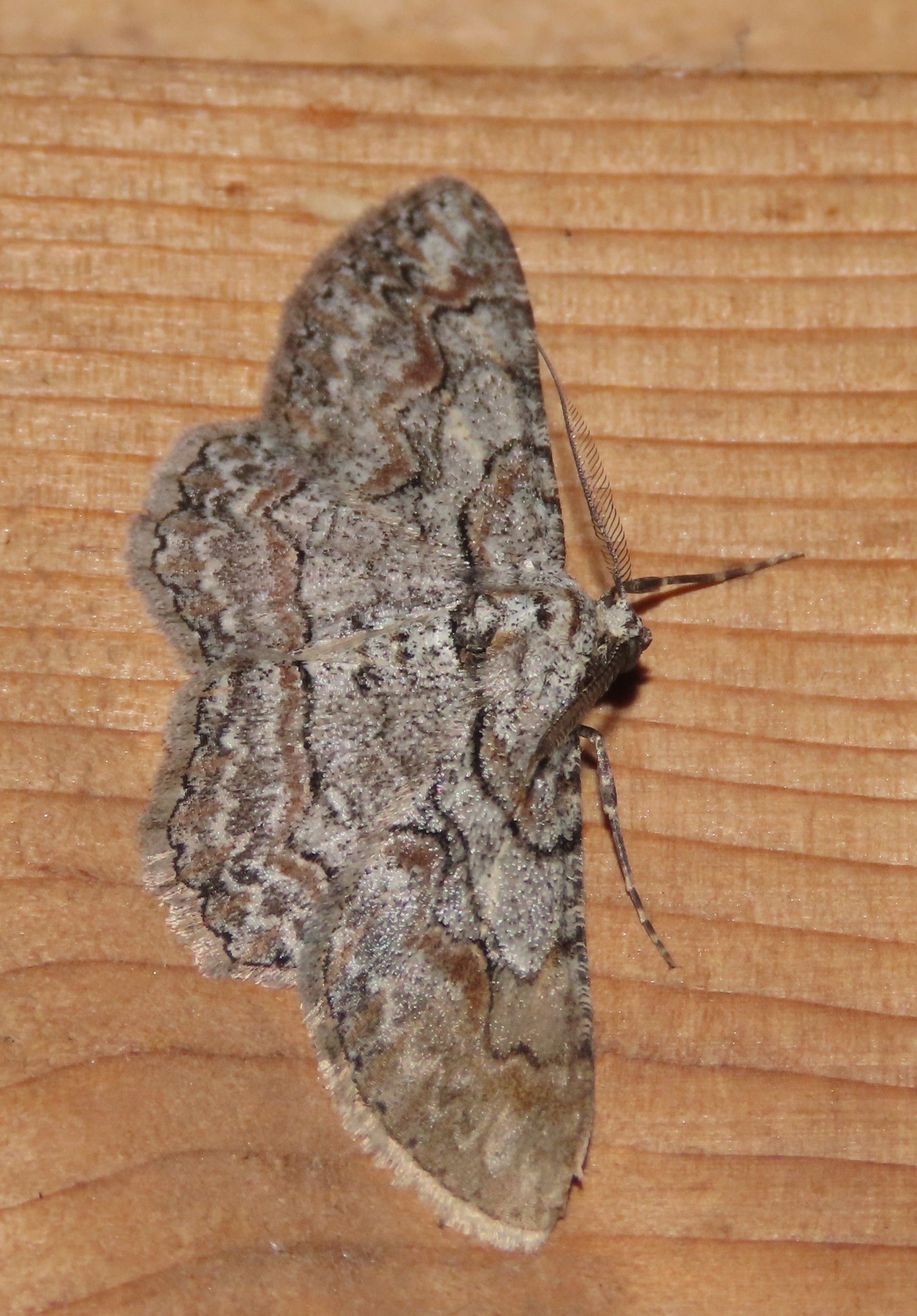
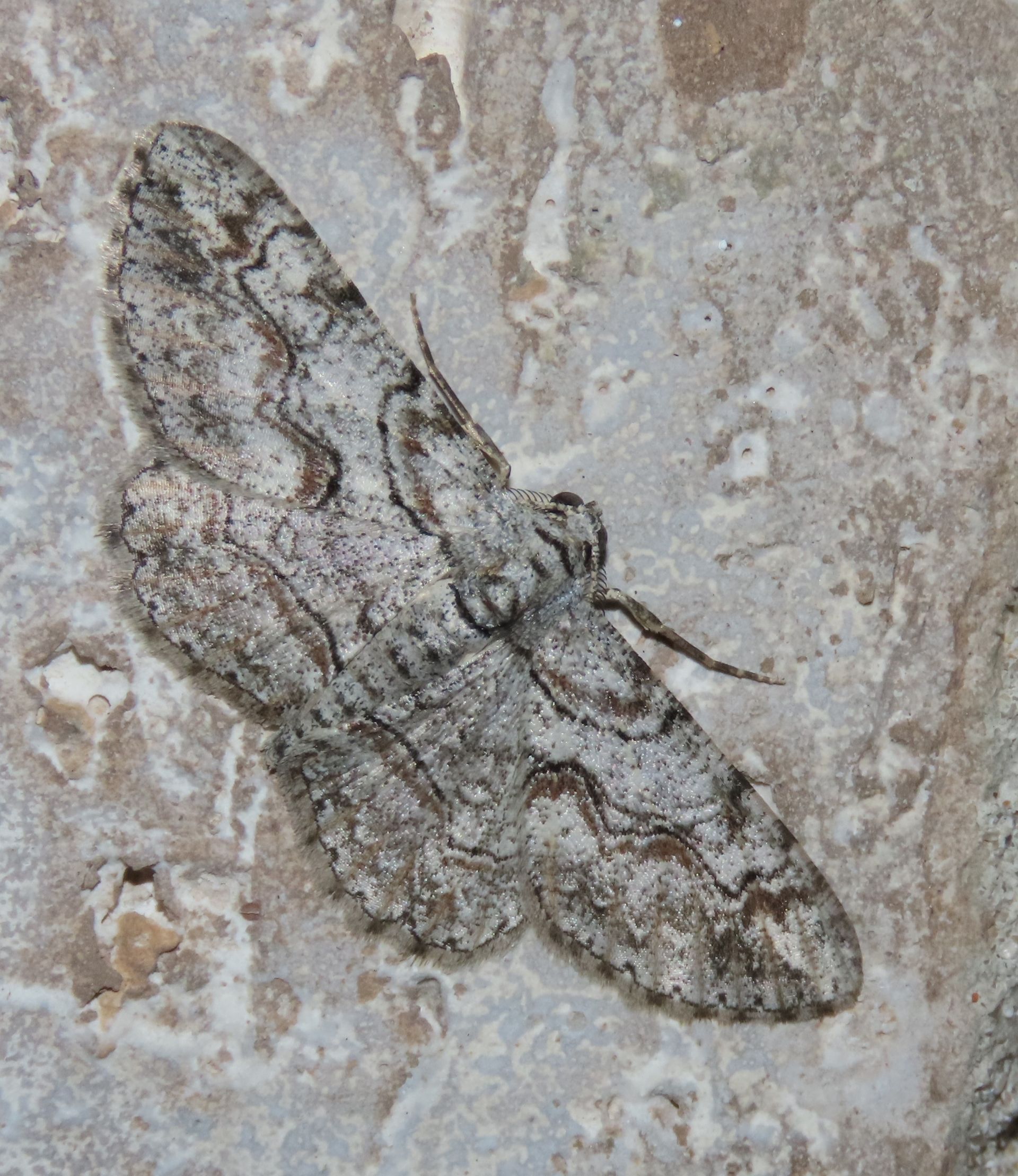
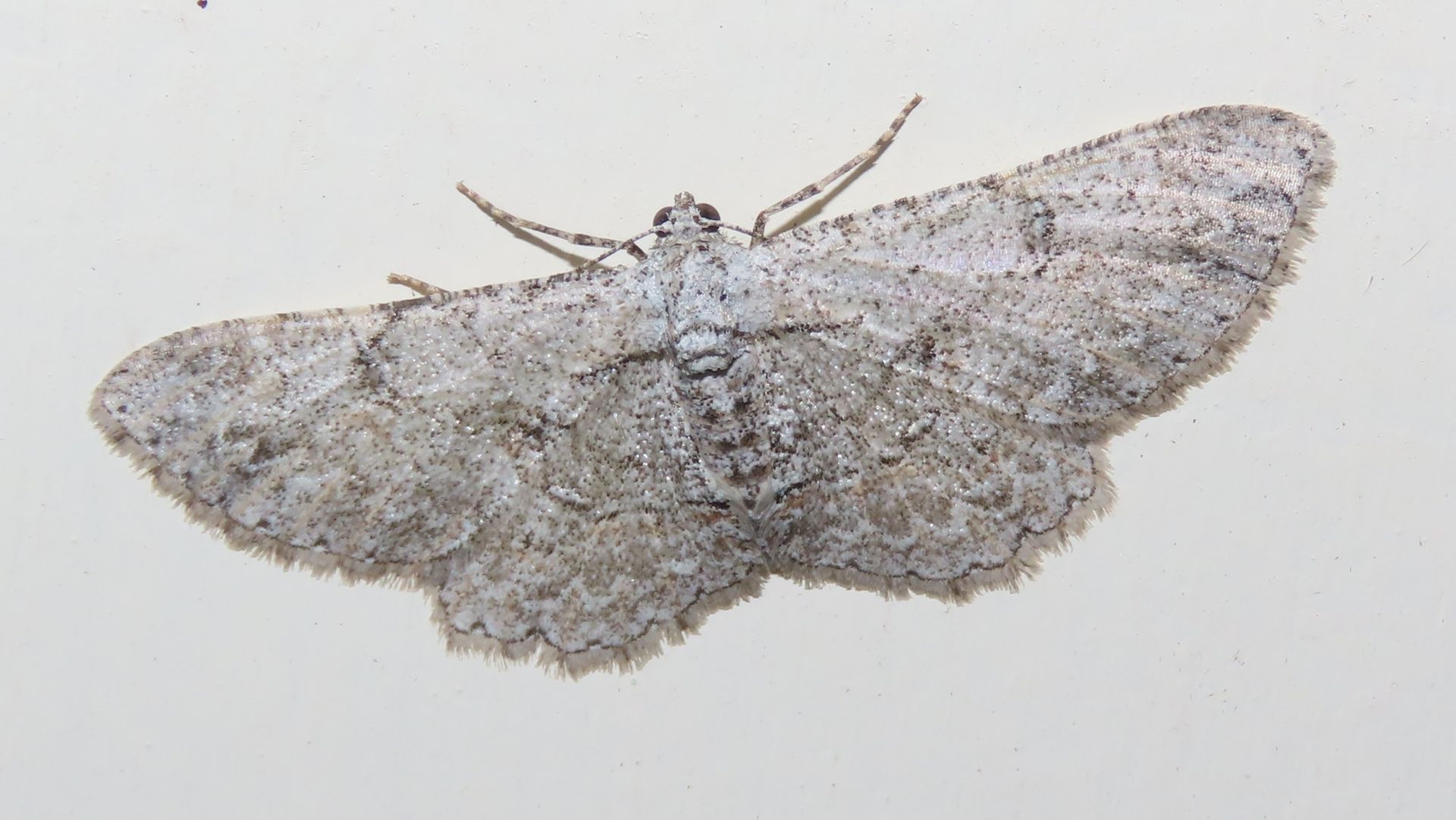
Brown-shaded/Twin Gray (Iridopsis defectaria/gemella)
One of several confusing species of gray, this bug has crisp, black wavy lines outlined in brown. All members of this genus have a hollow discal spot ("bean") on the hindwings. Sources differ on whether the Brown-shaded actually even occurs in the LRGV, in which case all "Brown-shaded" Grays would actually be either Twin Grays or the nearly identical Perfected Gray (Iridopsis perfectaria). The images of Perfected seem to show a paler, more peppered-looking moth than the typical "Brown-shaded" and have spotted rather than banded abdomens. The far right image shows a bug that fits this Perfected description, but without dissection or DNA analysis, identification may be impossible. Recorded year round.

Iridopsis defectaria (according to the MPG range map)
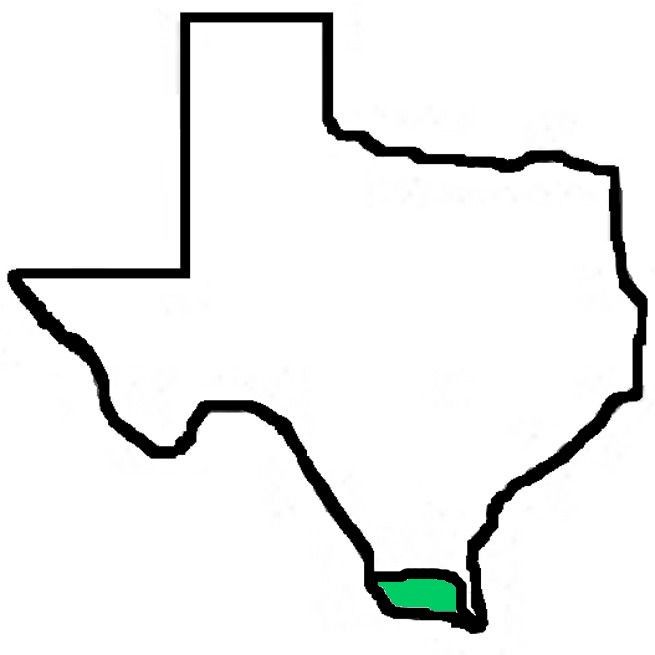
Iridopsis gemella
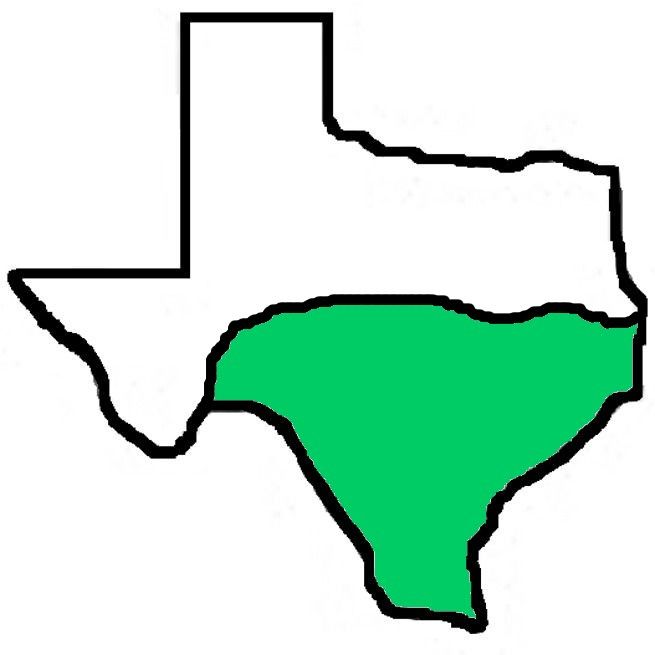
Iridopsis perfectaria
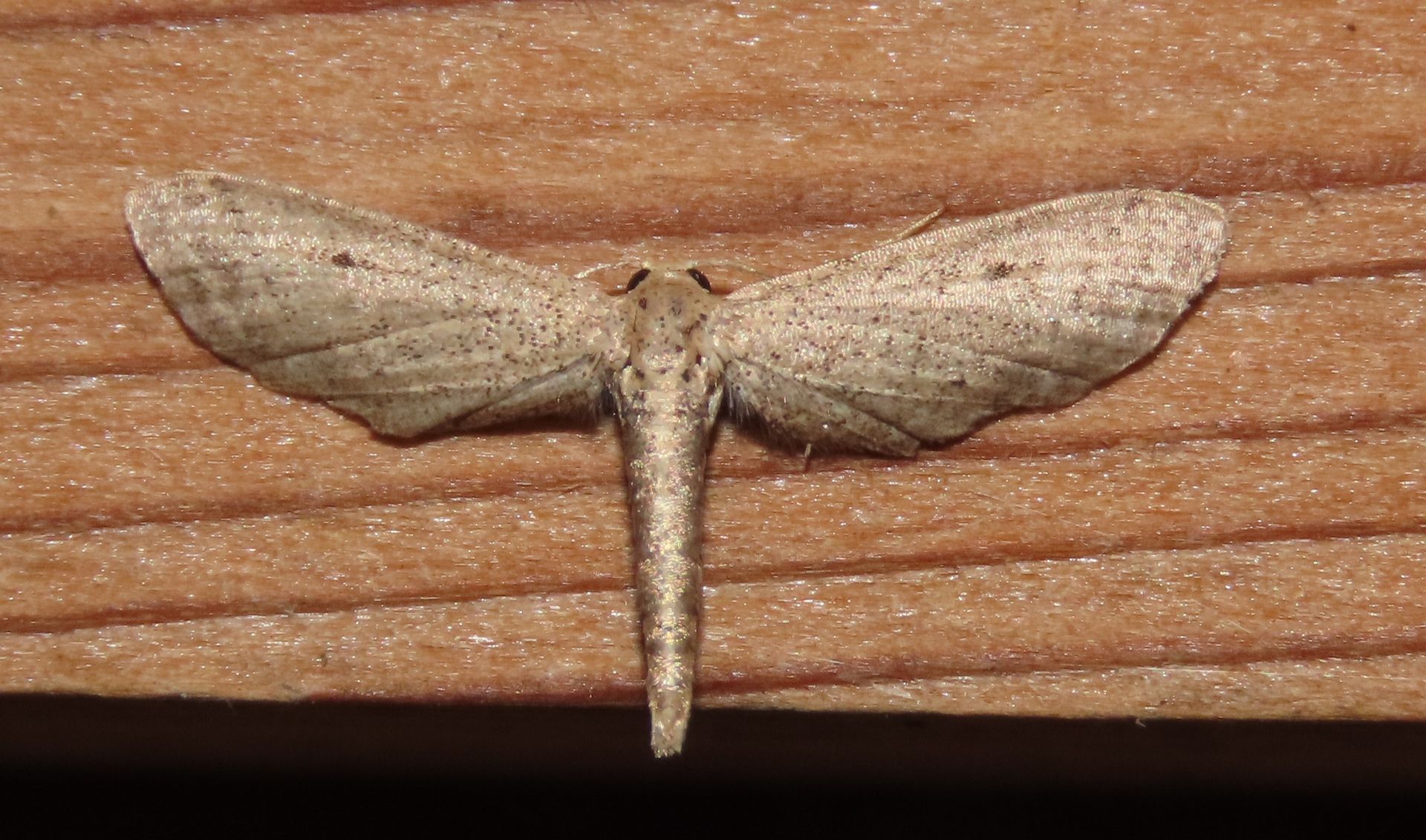
Brownsville Euacidalia (Euacidalia brownsvillea)
I affectionately call these "Plume Wannabes" because of their plume moth-like resting position! The nearly-identical Silky Euacidalia (E. sericearia) looks to have a stronger PM line (according to the images) than the Brownsville, which also has a strong discal spot which is supposed to be diagnostic. Since both species occur in the LRGV, positive identification without dissection/DNA analysis may not be possible. Recorded year round.


Laredo Protoproutia (Protoproutia laredoata)
Essentially our only dark brown "plume wannabe", but there is much discussion about identification and true range of this species and the nearly identical Rustic Protoproutia (P. rusticaria), which supposedly does not occur in the LRGV. Recorded February - April, and June - November.
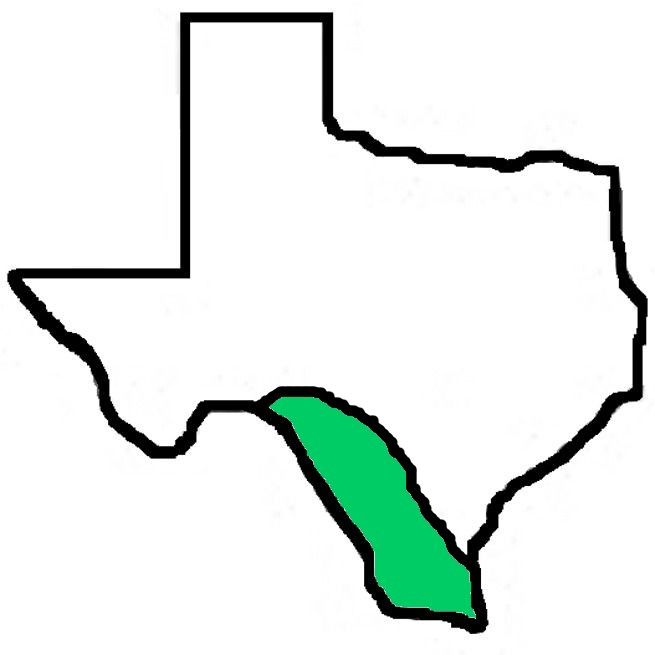
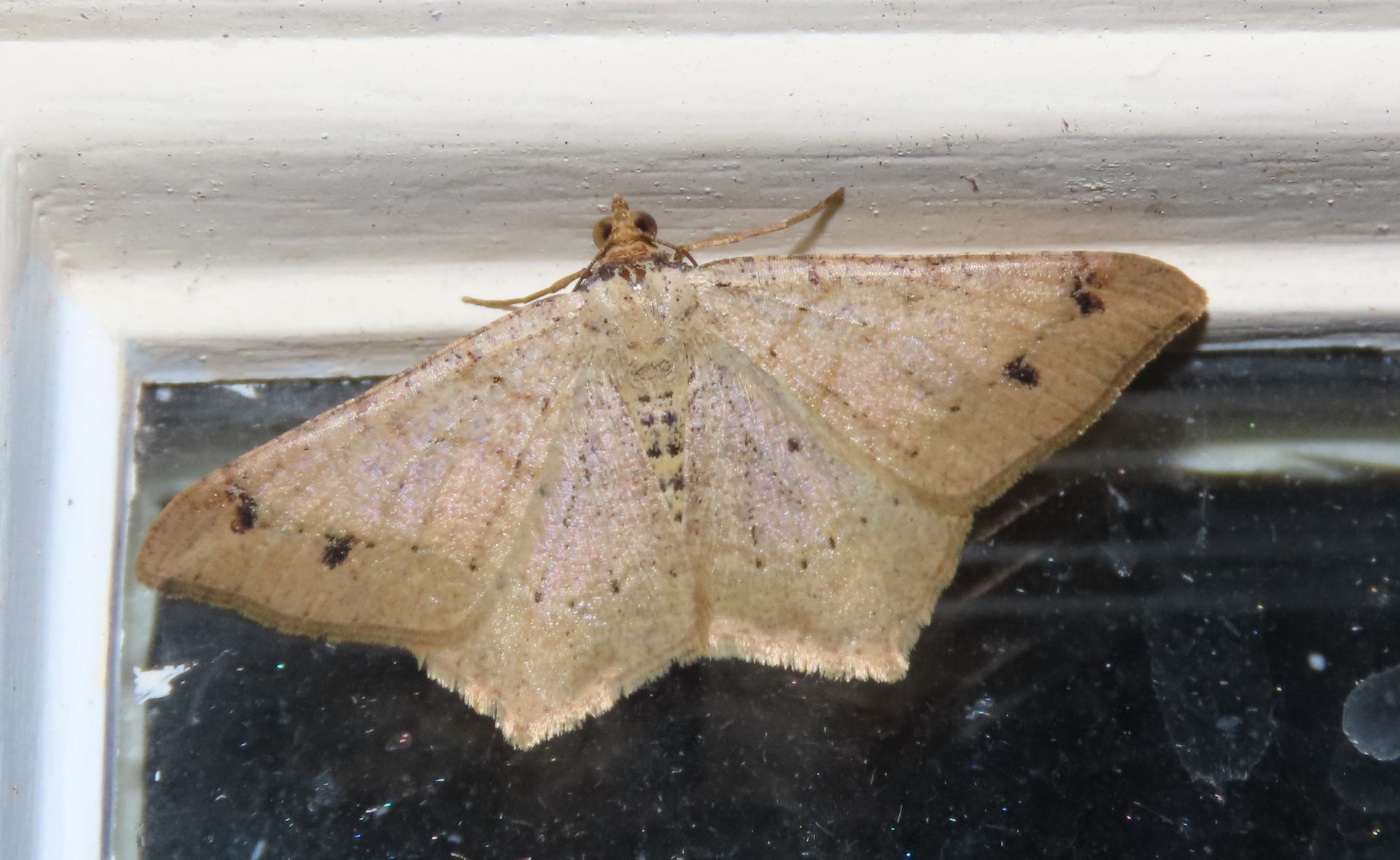
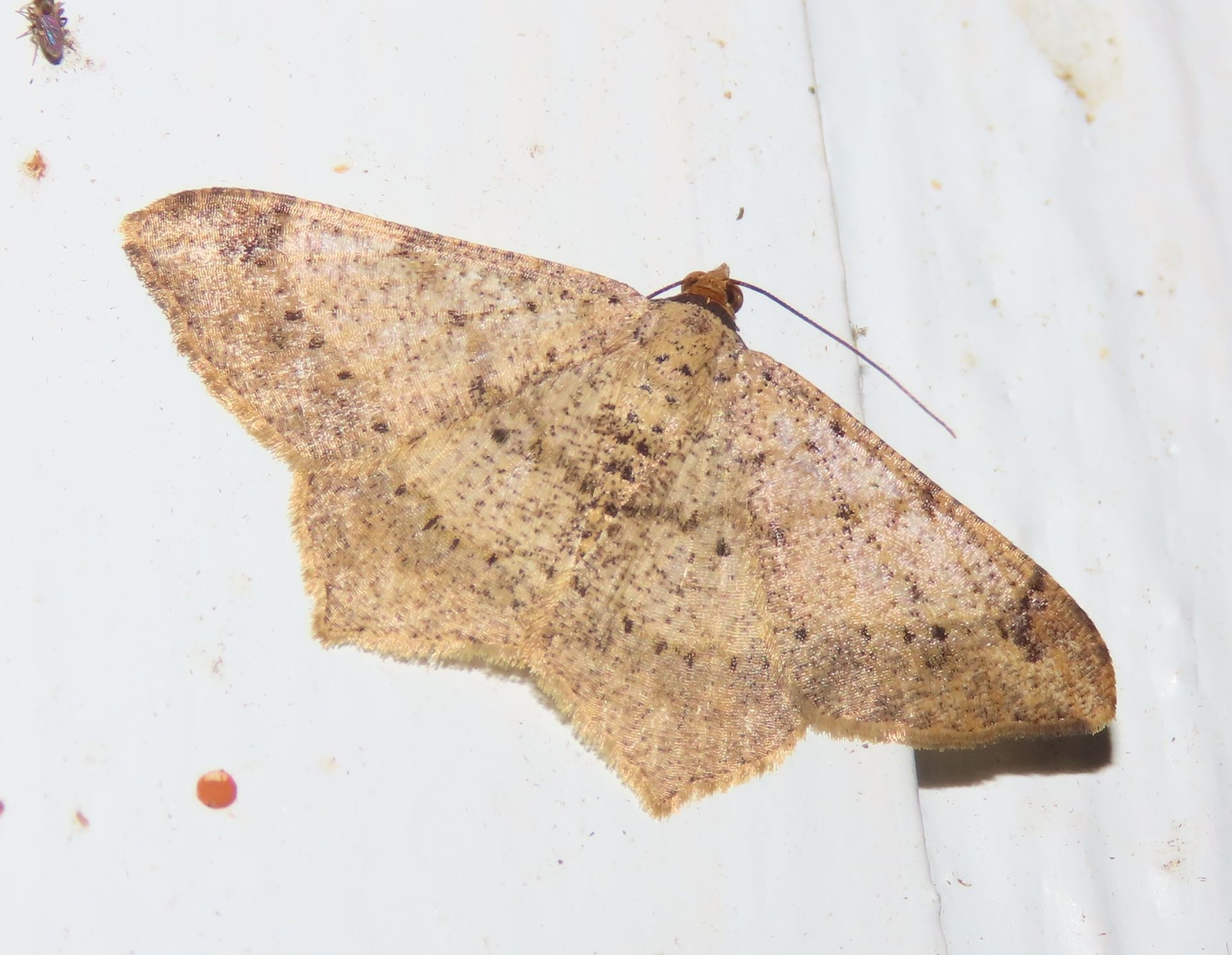

Dot-lined Angle (Psamatodes abydata)
The angled hindwings are the best clue to identification in any "plumage" so to speak. The "dot line" refer to the dotted PM line, which is very prominent in the center photo, but not always easily visible. Many have a darker, thicker PM line like the bug on the right. Recorded year-round.

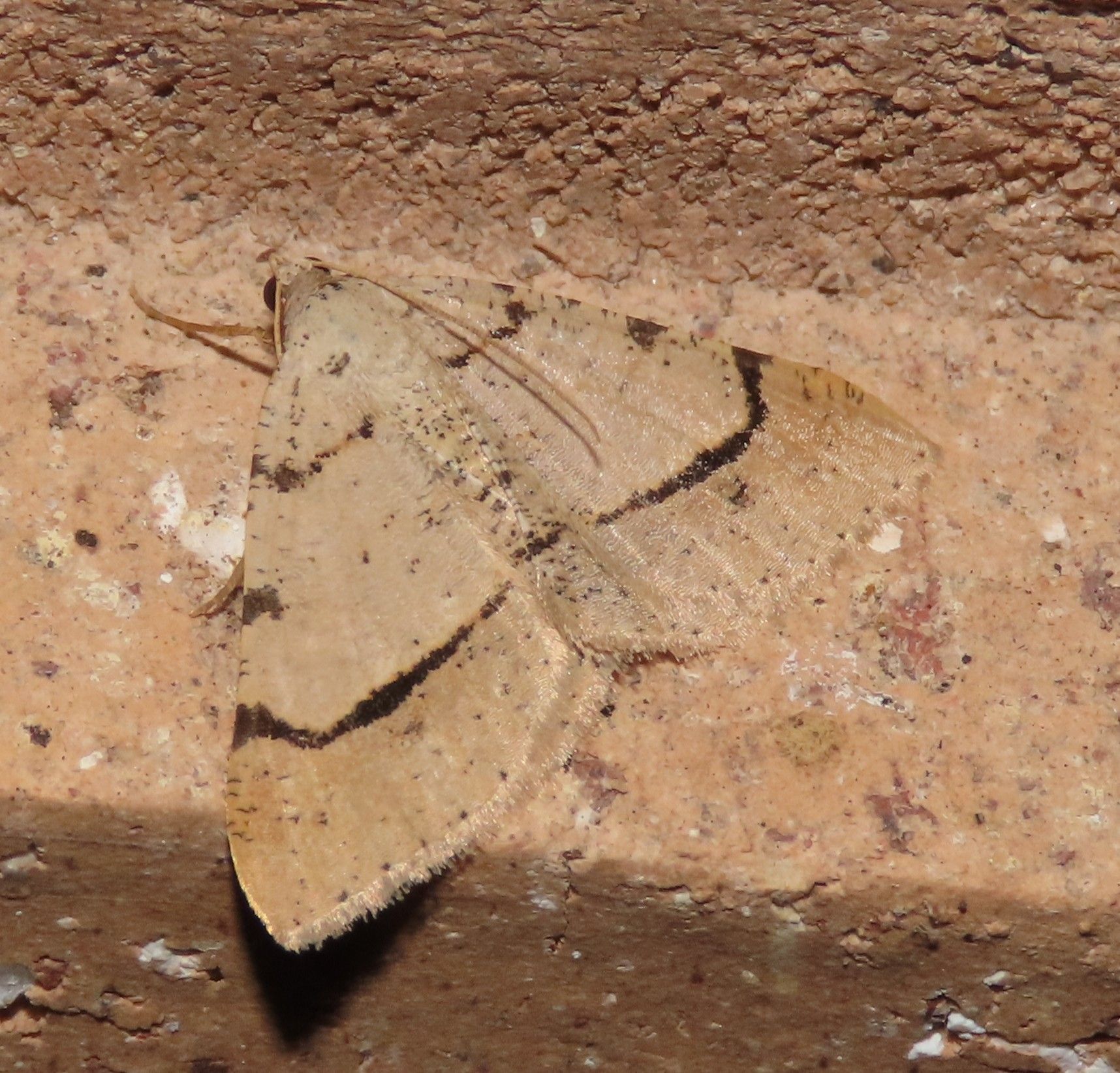
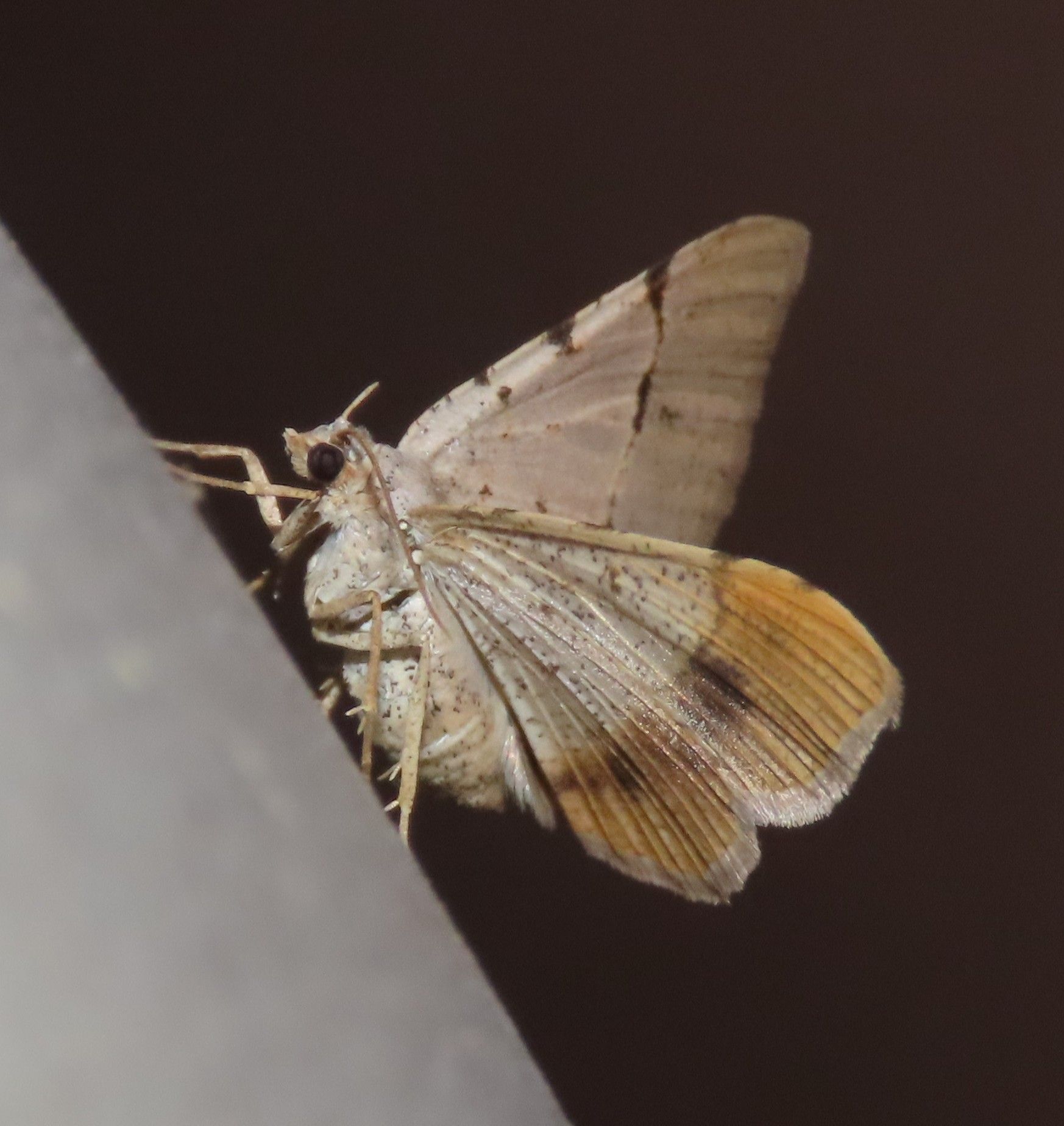
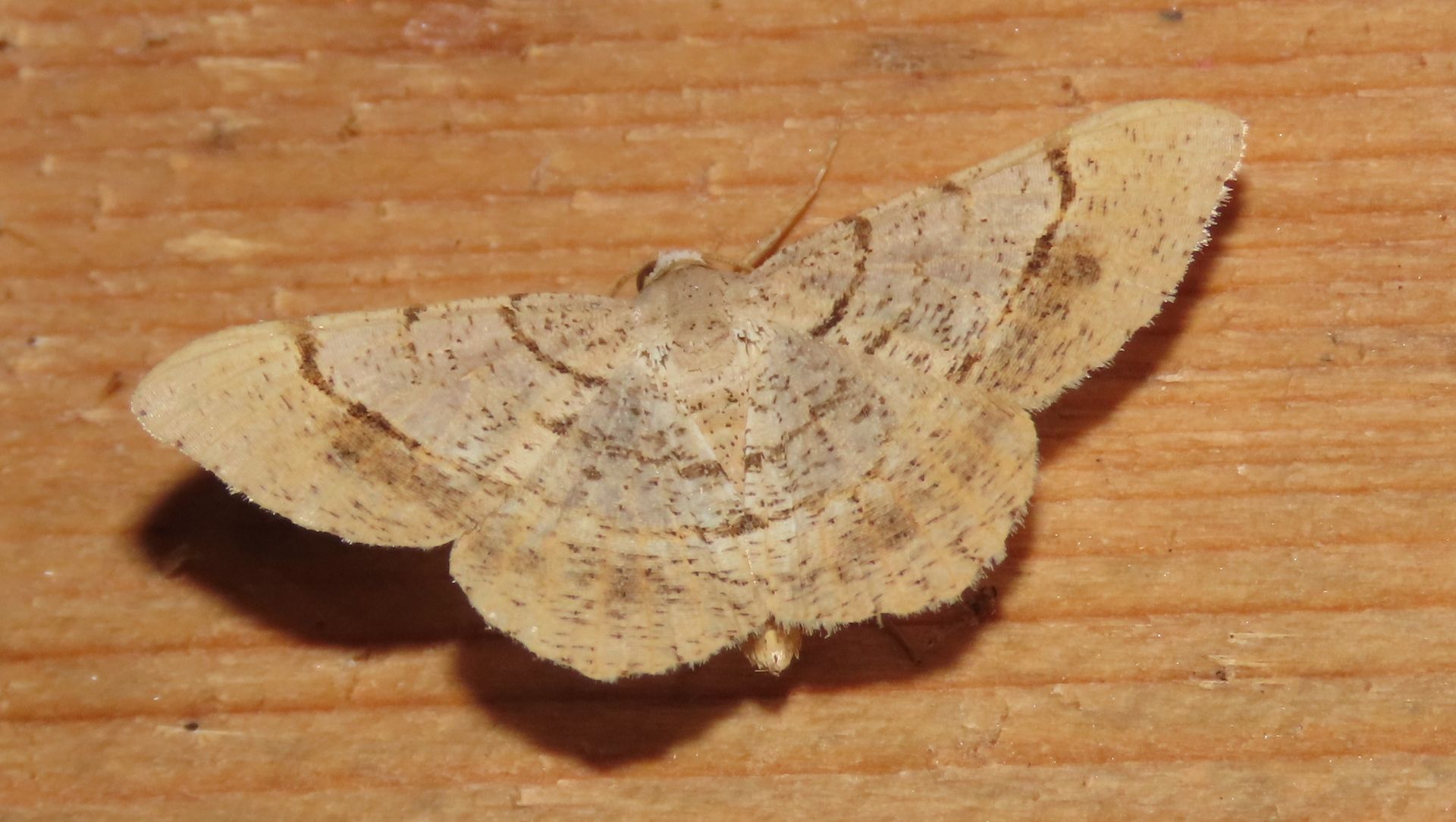
Golden-bordered Looper (Frederickia [Rindgea] flaviterminata)
An LRGV specialty, typical bugs are pale tan with a contrasting golden-yellow subterminal area. The PM line can be strong to nearly absent, and may or may not be smudgy. Recorded year round.

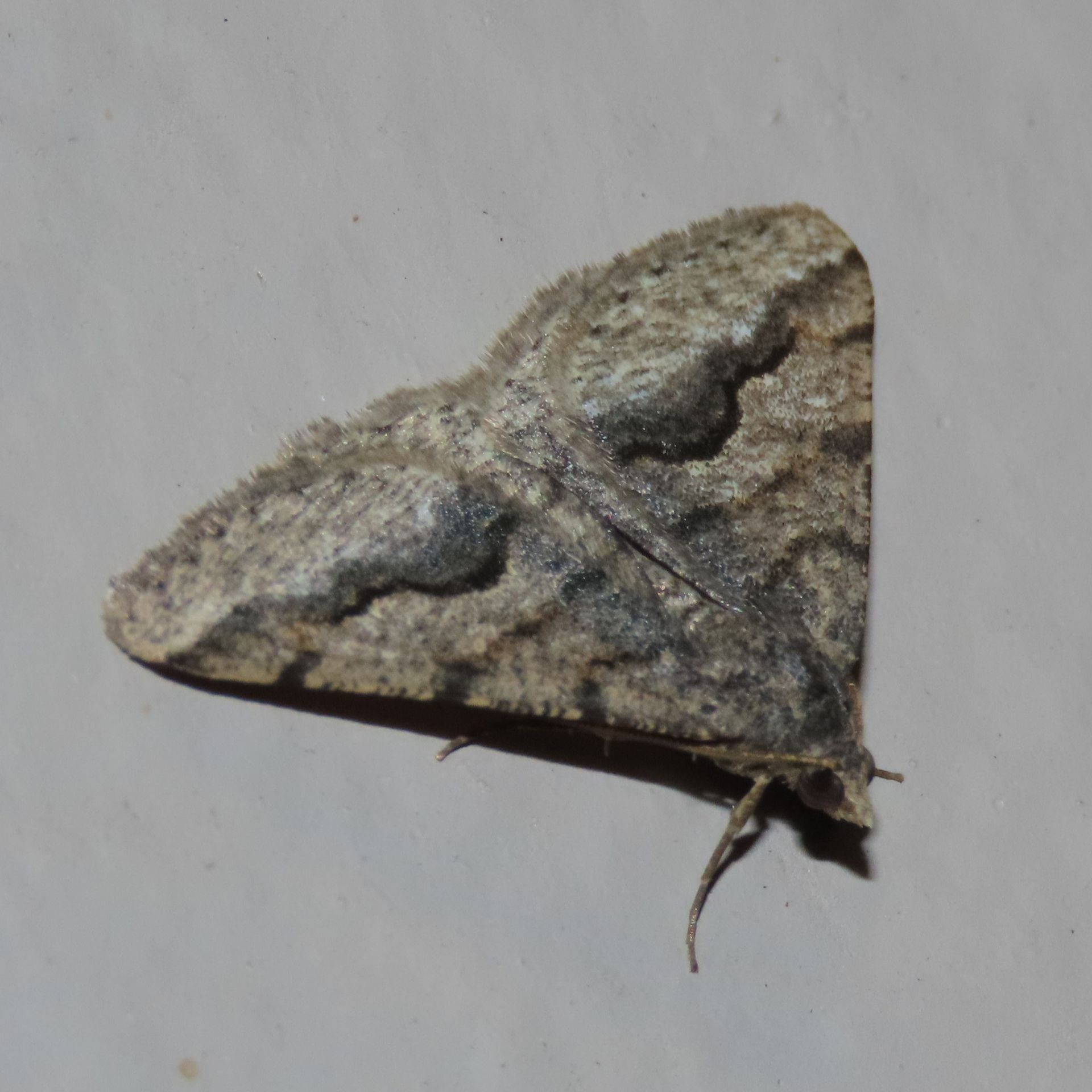

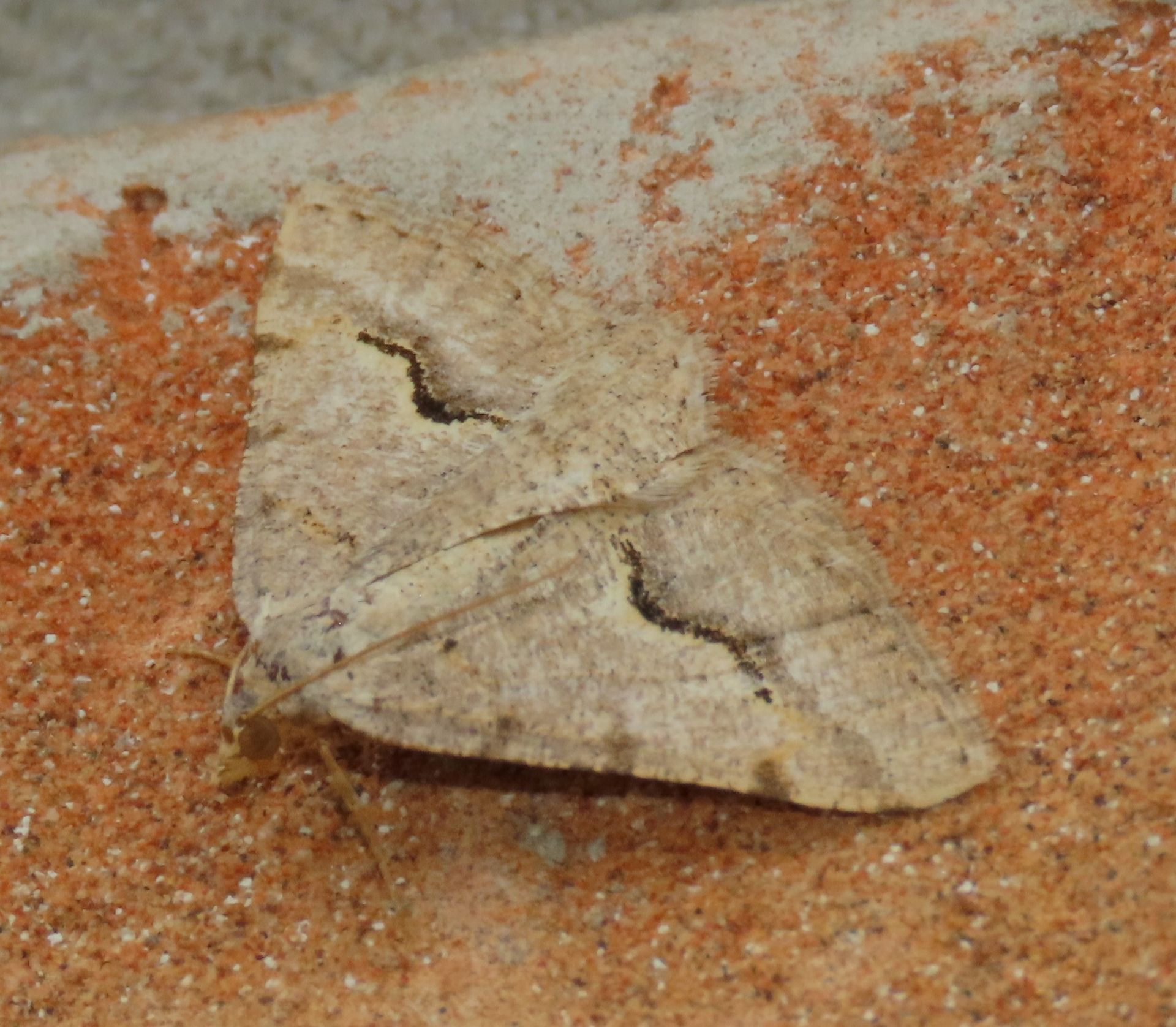
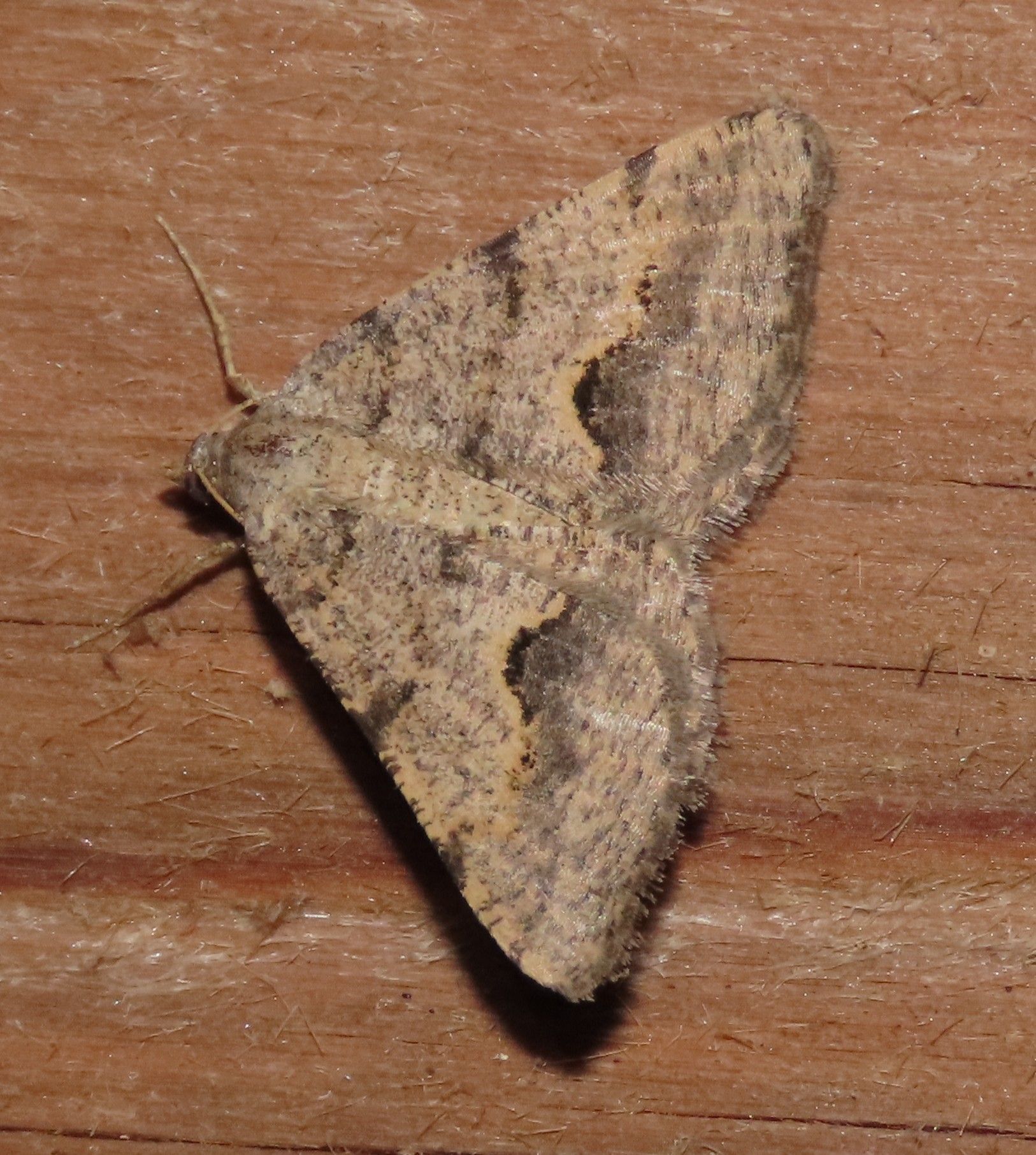
Signate/Mesquite Looper (Frederickia [Rindgea] s-signata/cyda)
Here in the LRGV, these two confusing species are probably impossible to separate short of dissection/DNA analysis; according to the literature, Signates have very faint or absent AM and median lines, whereas in Mesquite these lines are more prominent, and Mesquite also tends to show more yellow above the sinuous black PM line. Otherwise, they can vary from being very pale to very brindled; my identifications are guesses at best, and I usually refer to them as "Sleepy Moths" based on the shape of the PM line when head-down! Recorded year round.

Frederickia s-signata

Frederickia cyda
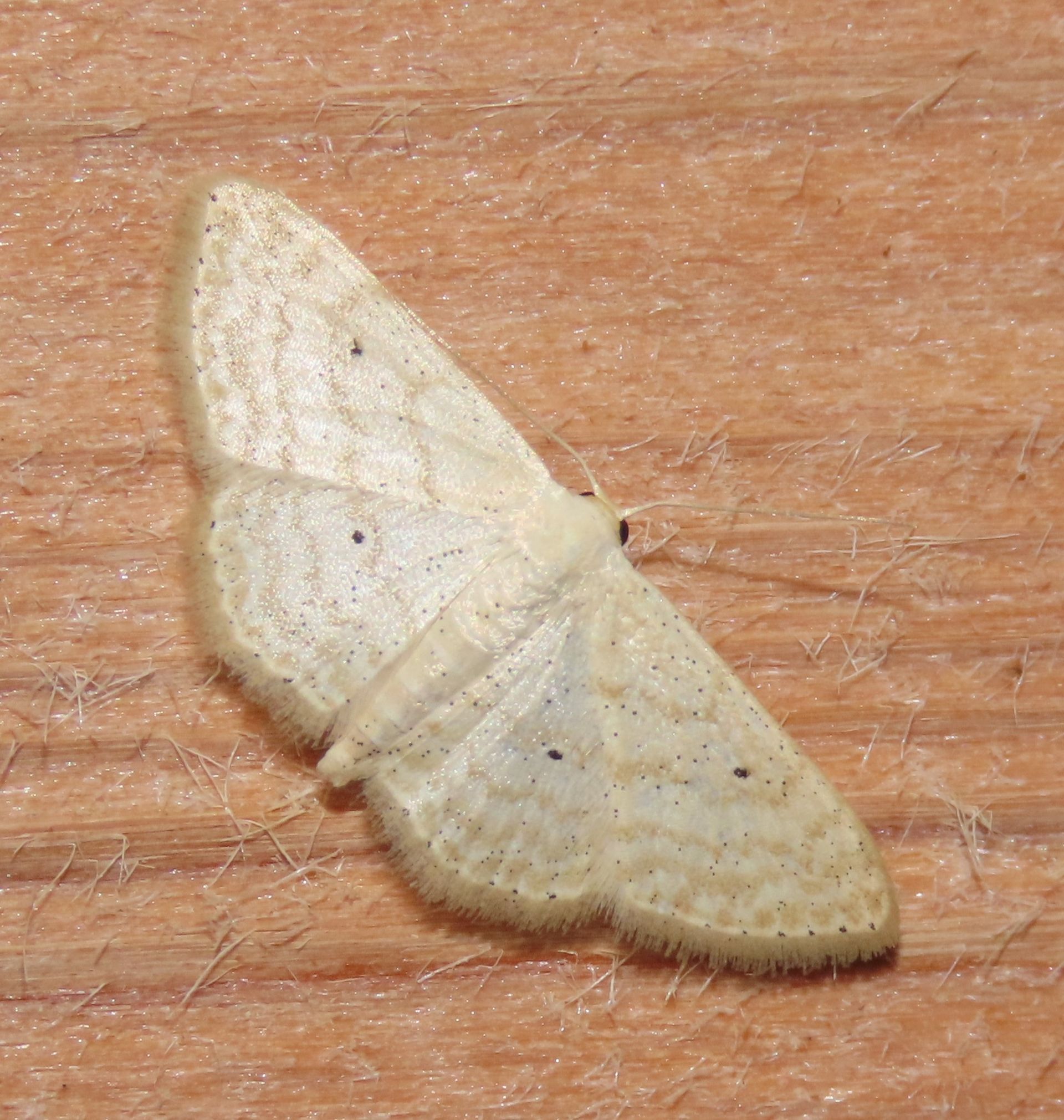
Happy Wave (Scopula benitaria)
Pale tan with soft brown lines and four prominent discal spots, one on each wing. The terminal lines consists of a series of evenly-spaced dots, with no prominent dots at the wingtip as in the Swag-lined (below). Recorded March - August, and October - November.
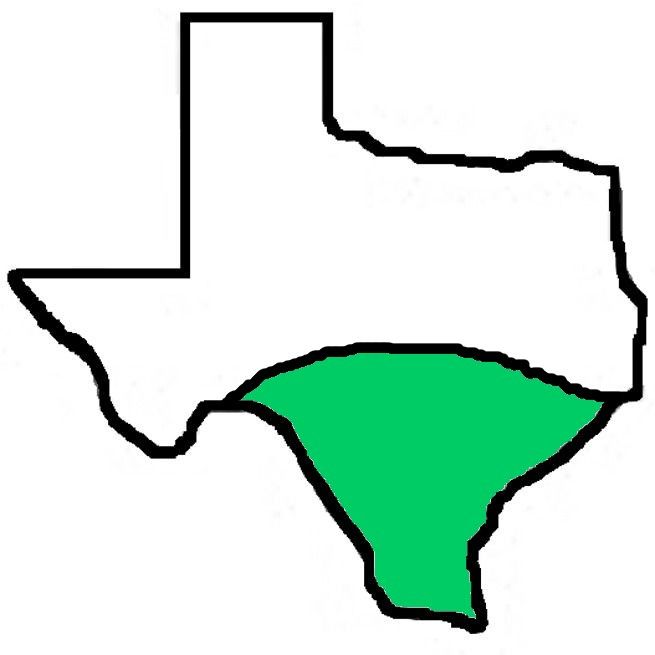
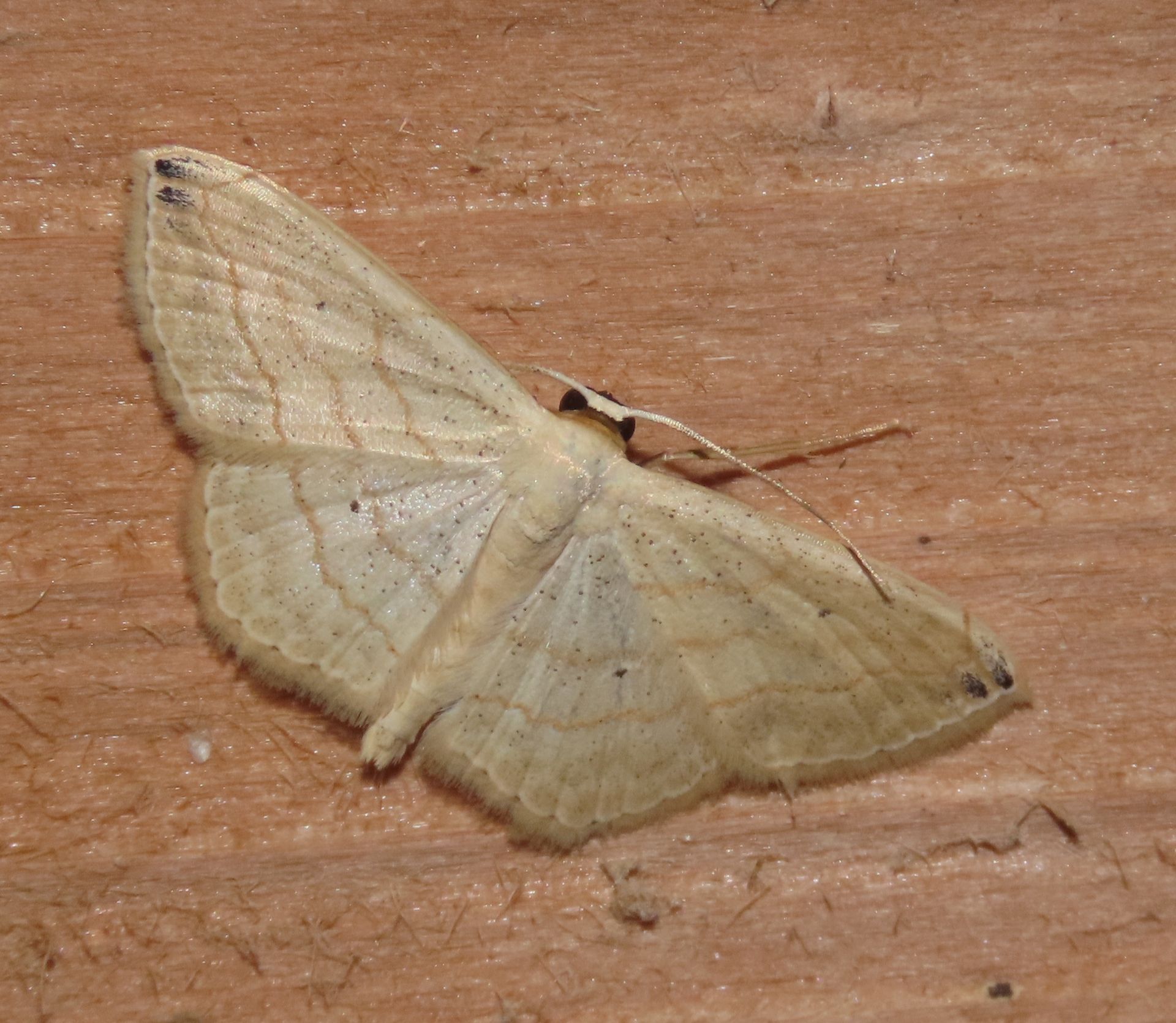
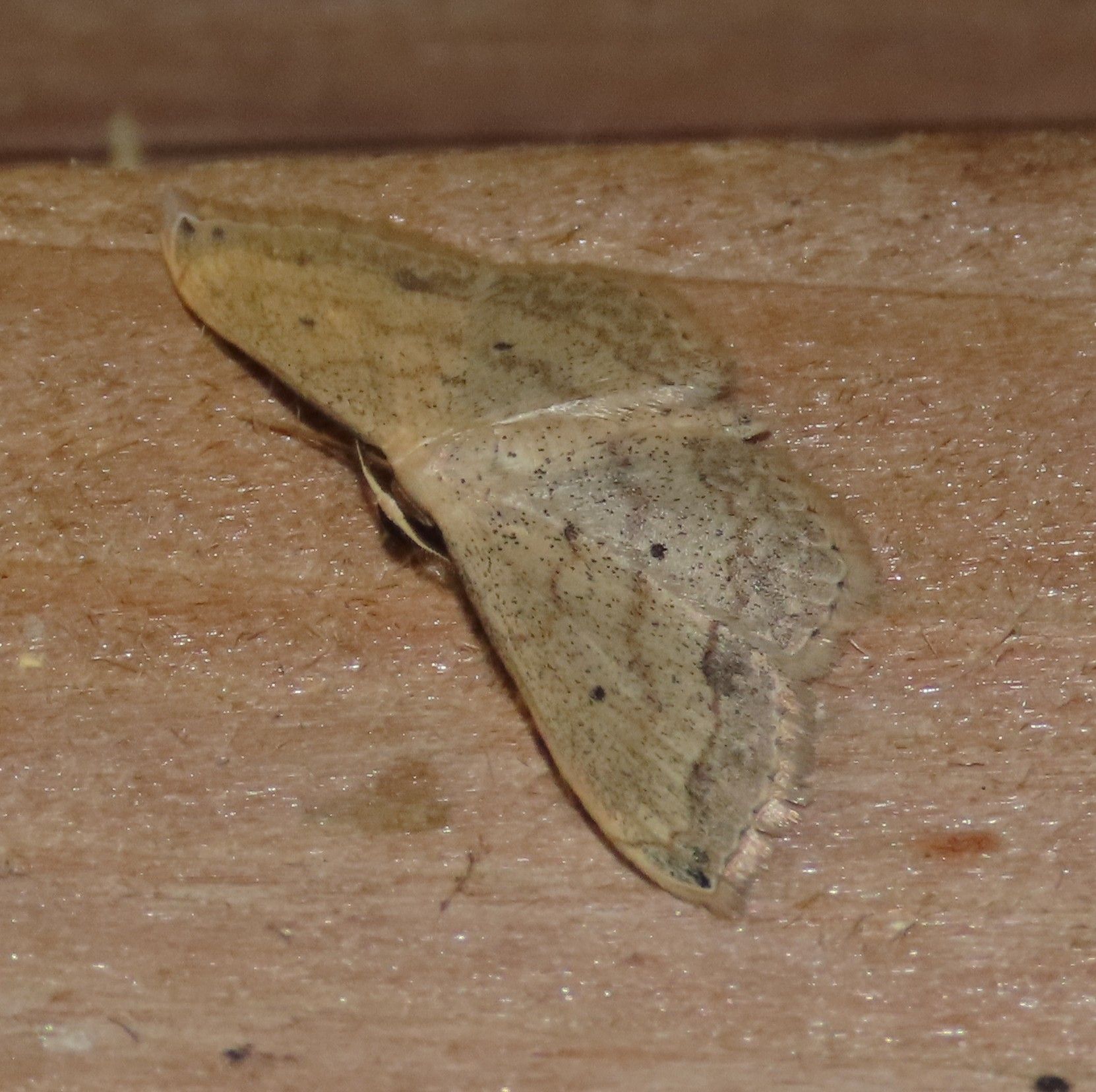
Swag-lined Wave (Scopula umbilicata)
Similar to the Happy Wave except for the prominent black spots at the tip of the forewing. Some individuals show strong smudges along the PM line. Recorded year round.
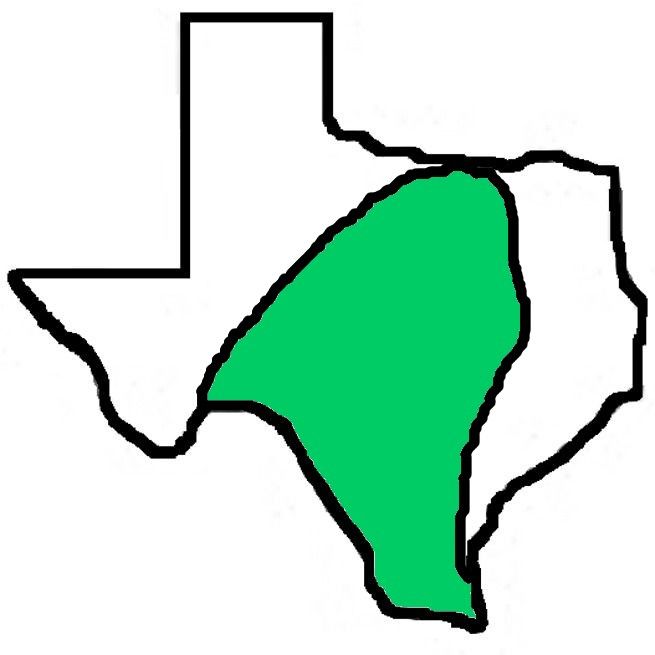
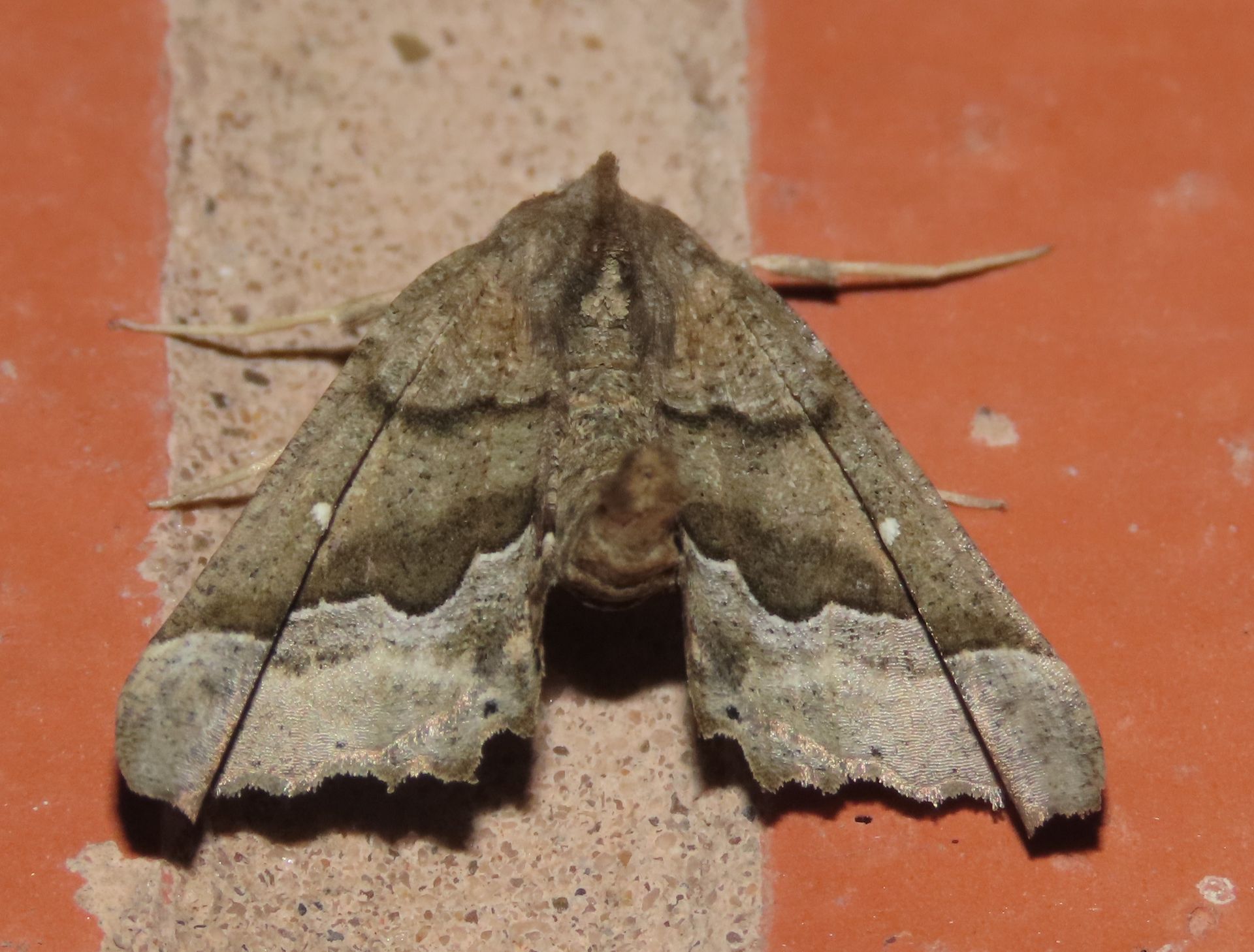
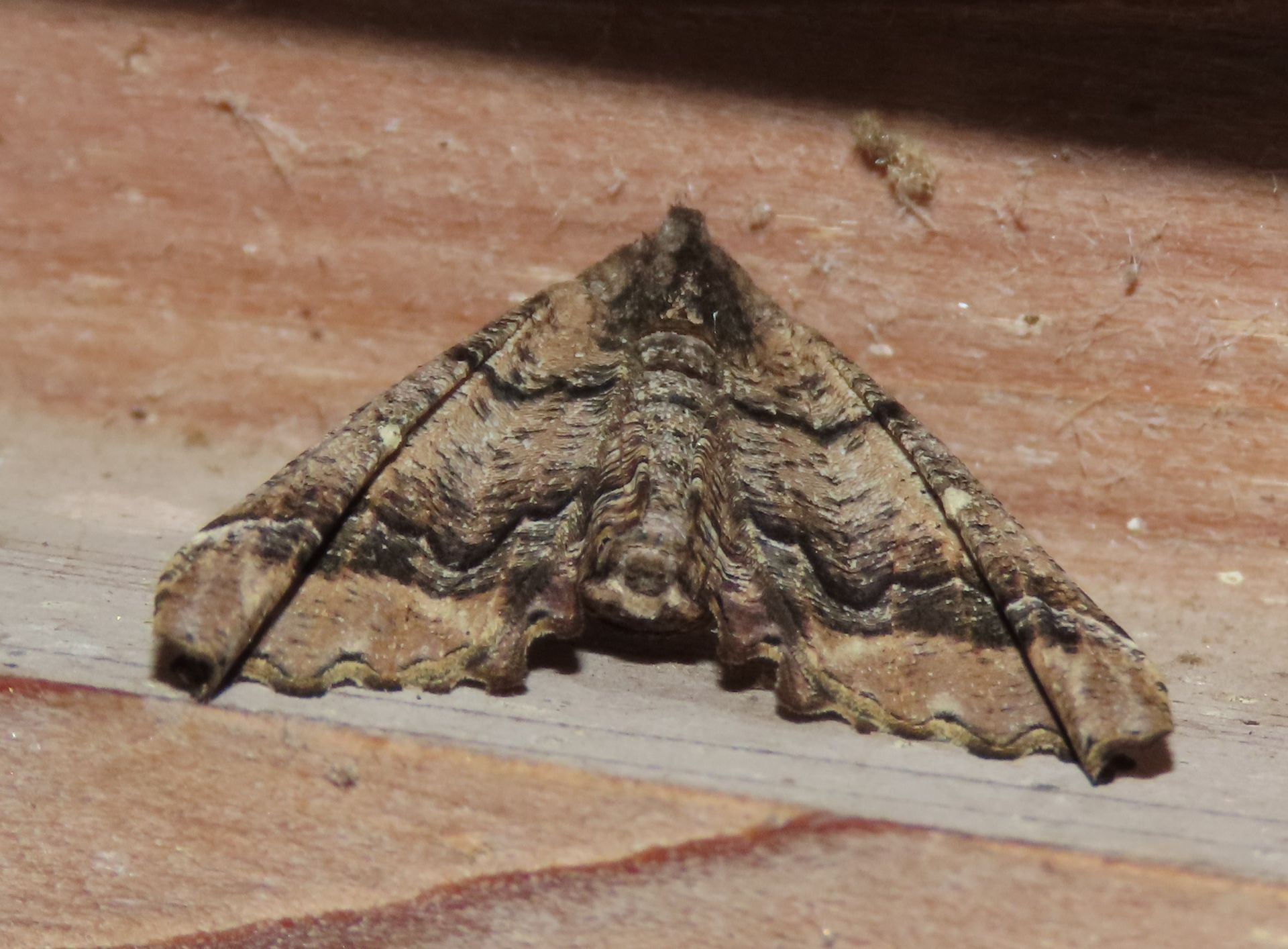
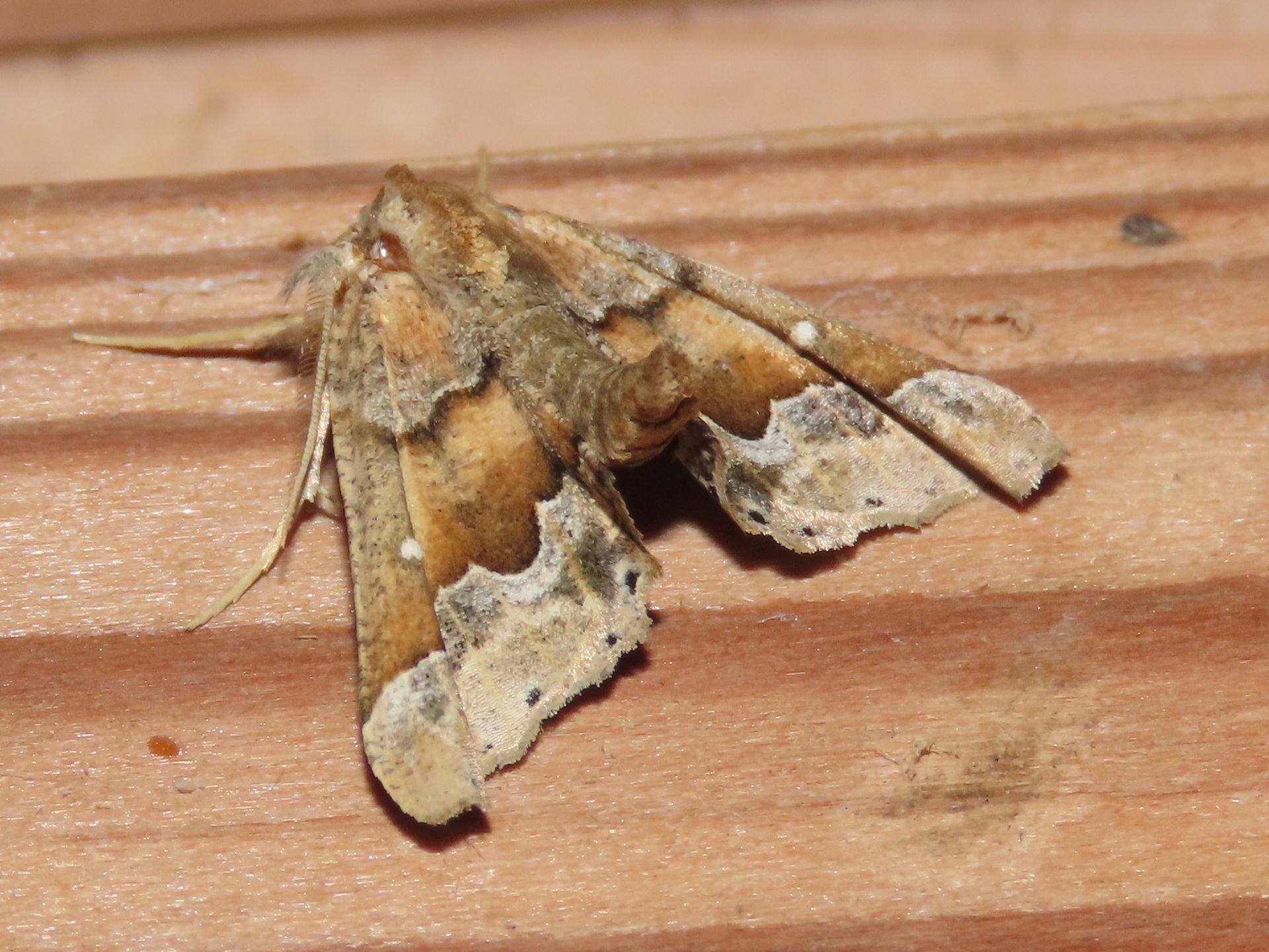
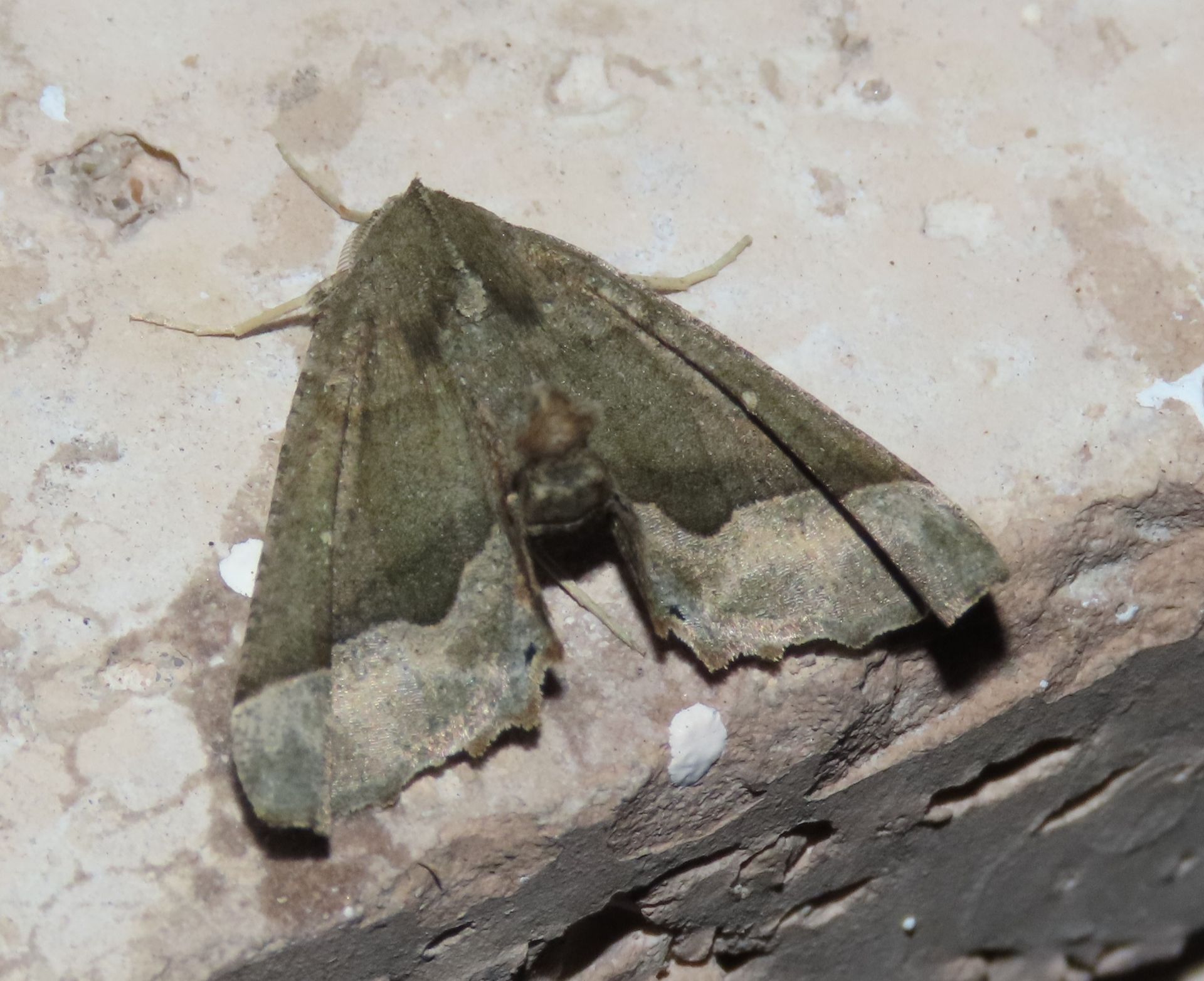


Meske's Pero (Pero meskaria)
Peros are interesting moths that hold their forewings in a crease and their abdomens up over their backs! Meske's Pero is highly variable, but the white discal spot along the fold is diagnostic in all "plumages". When their wings are fully spread (center photo above), the discal spot turns into a streak! Recorded August - June.
